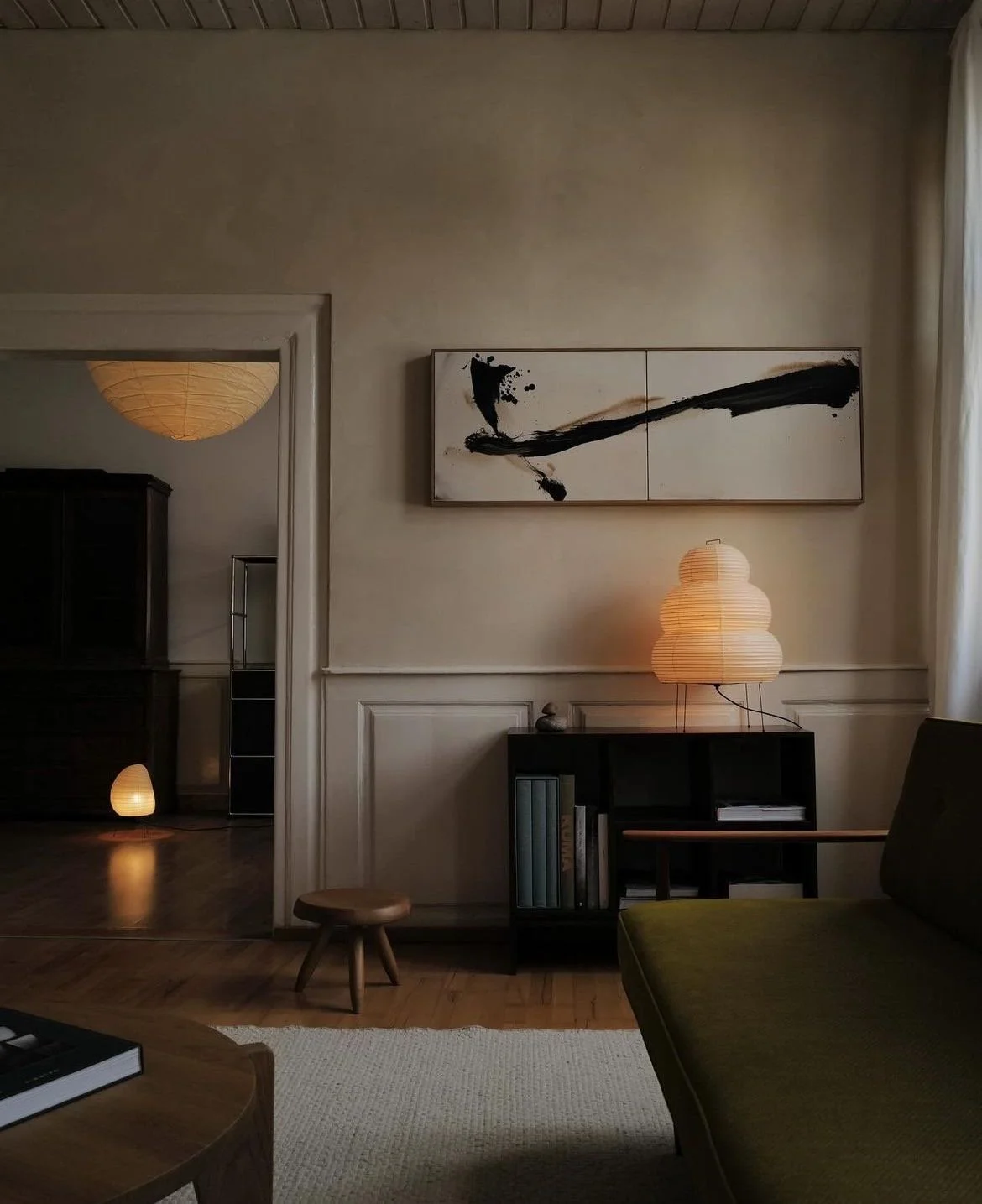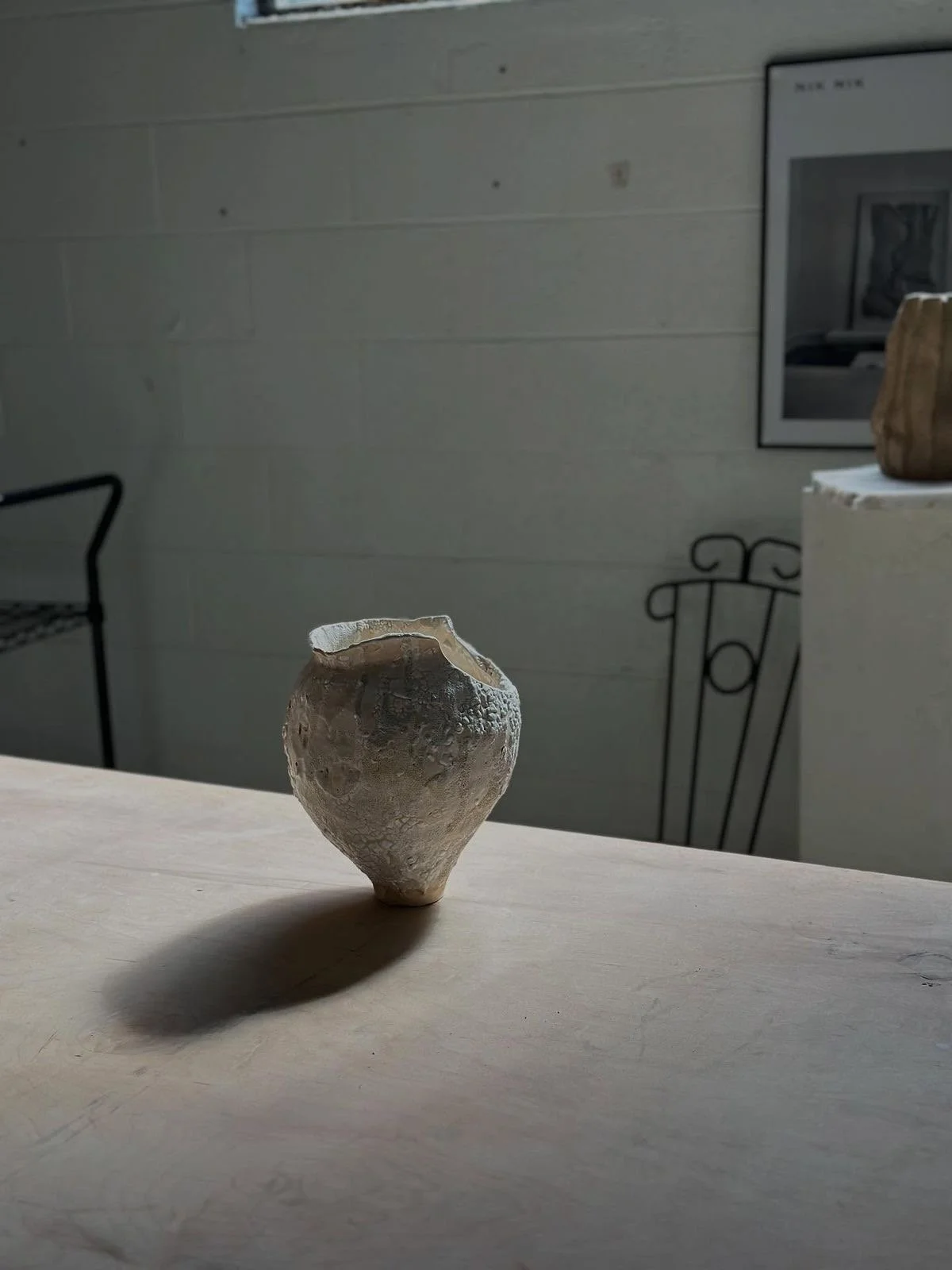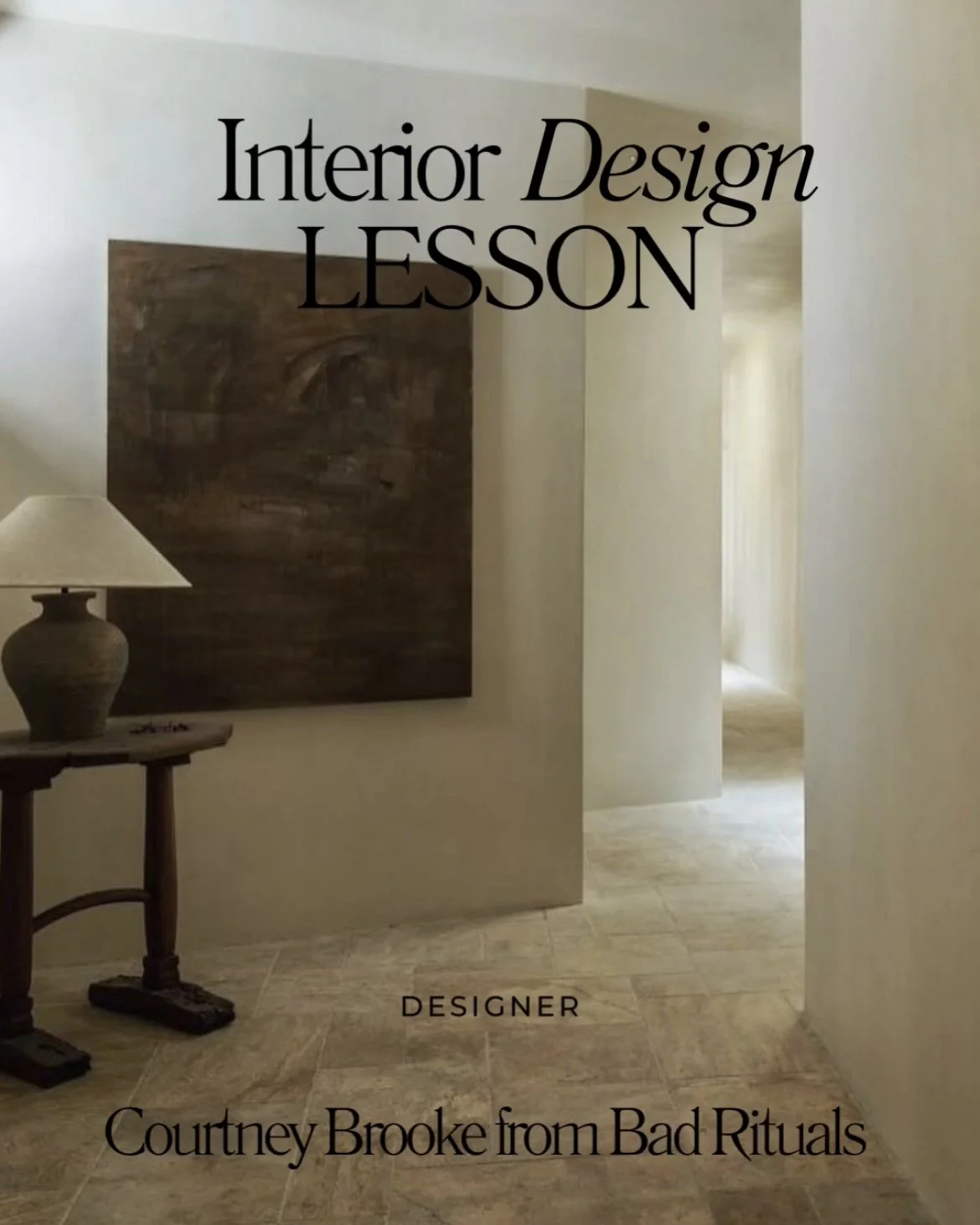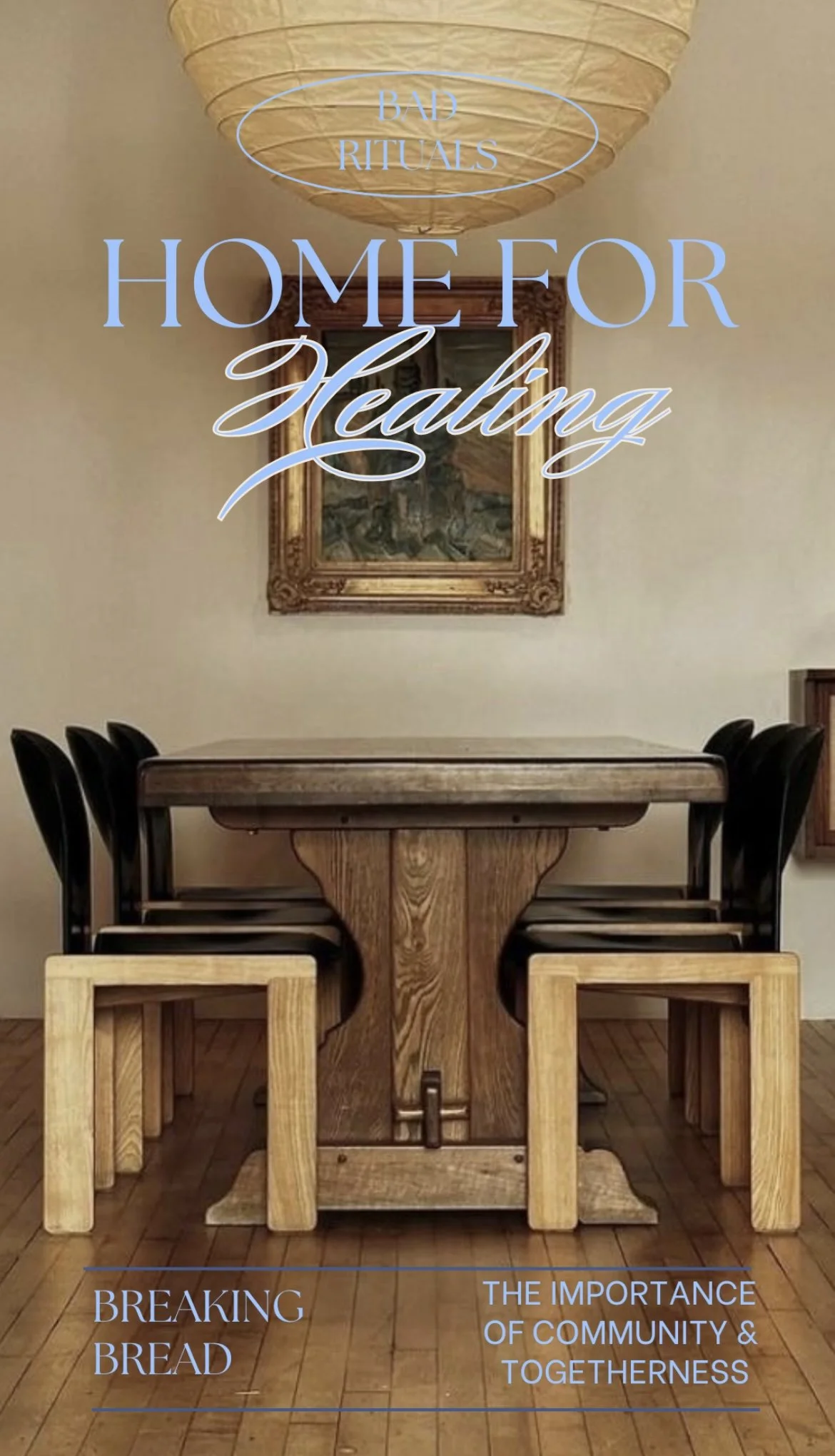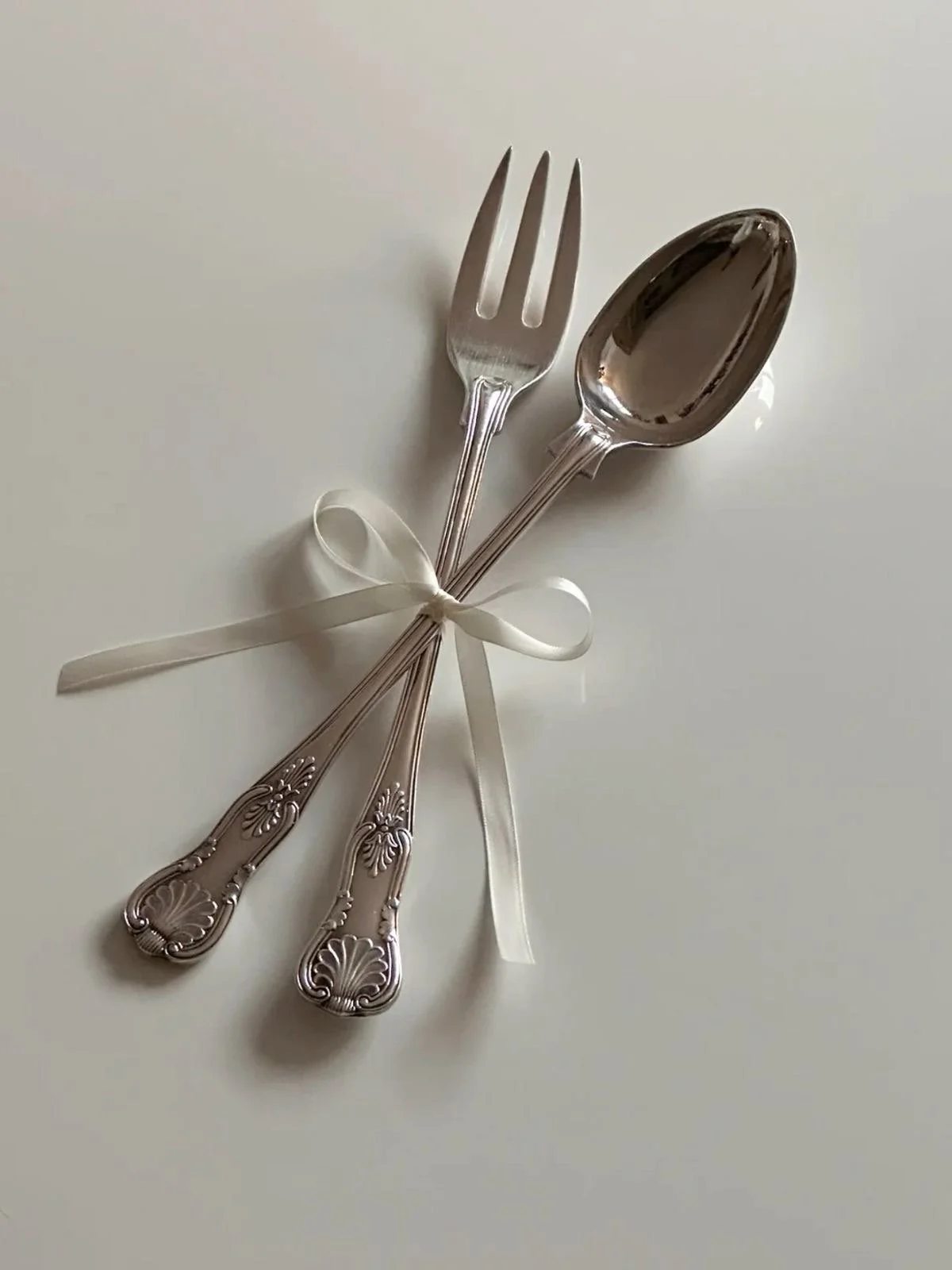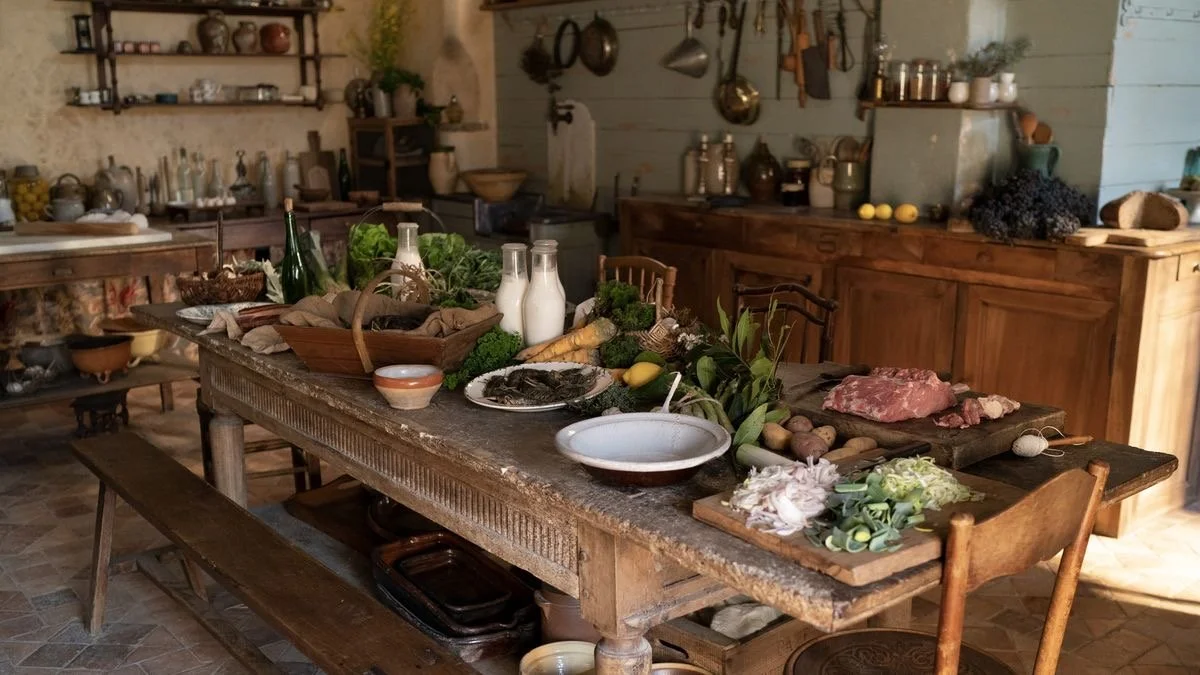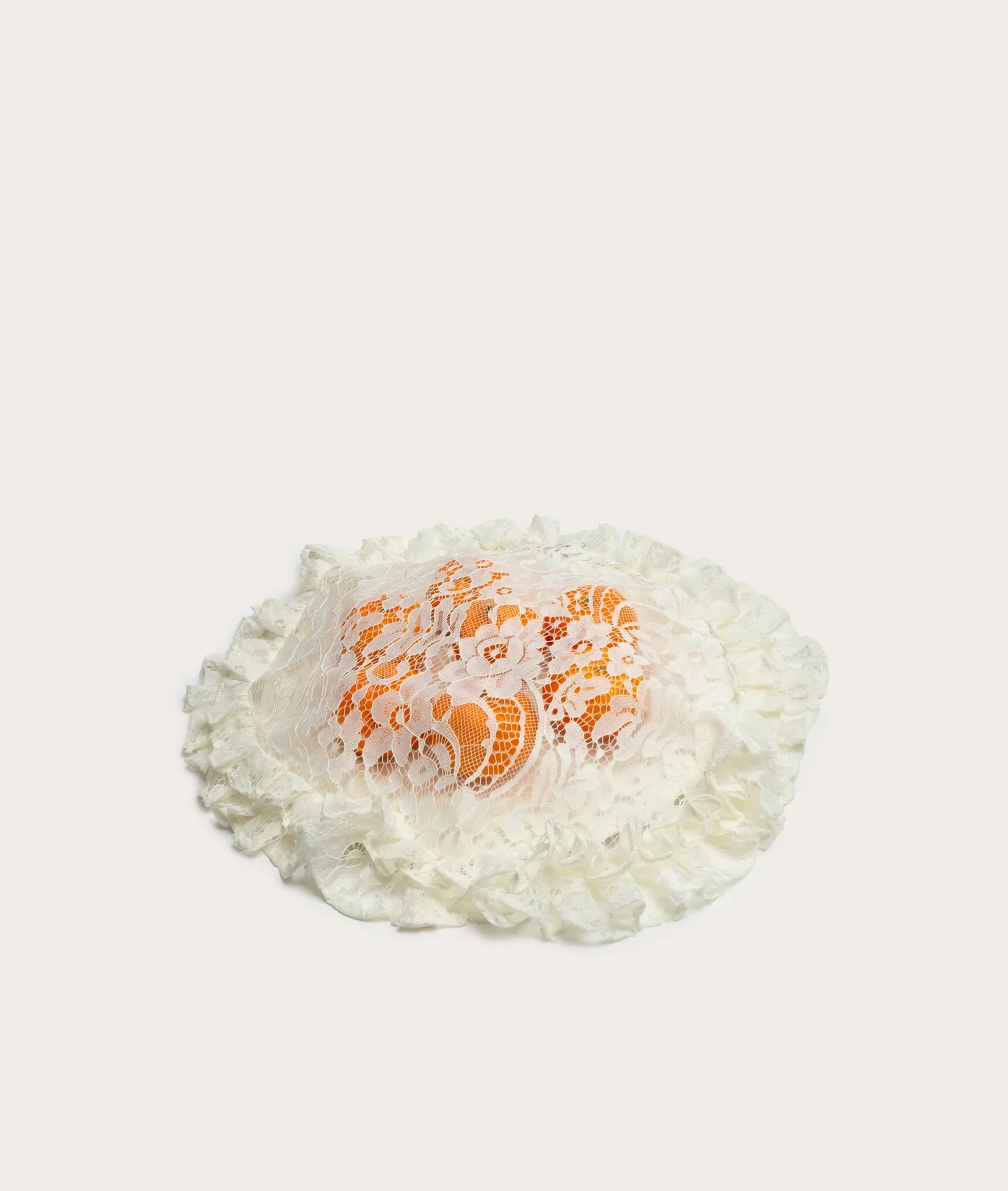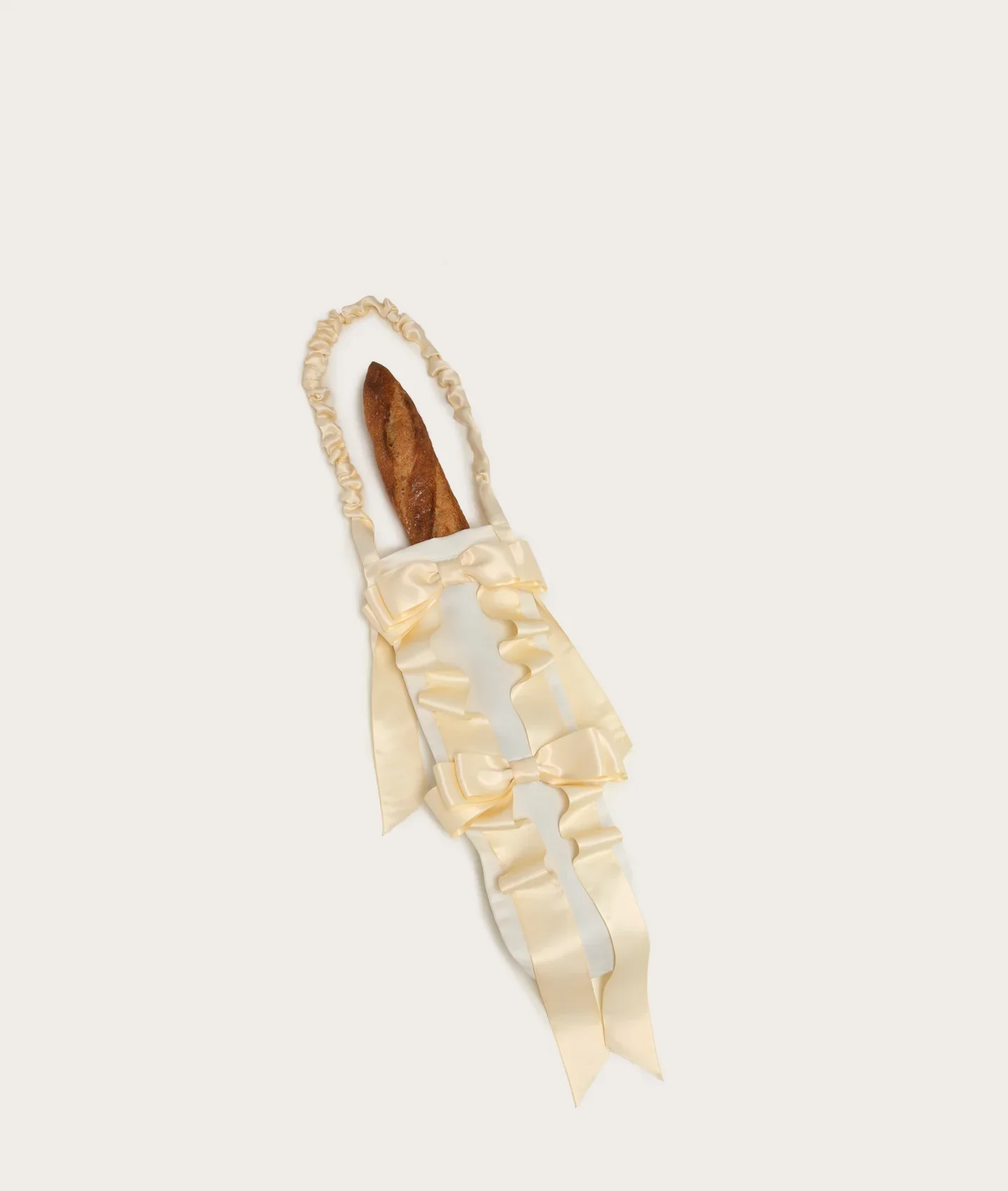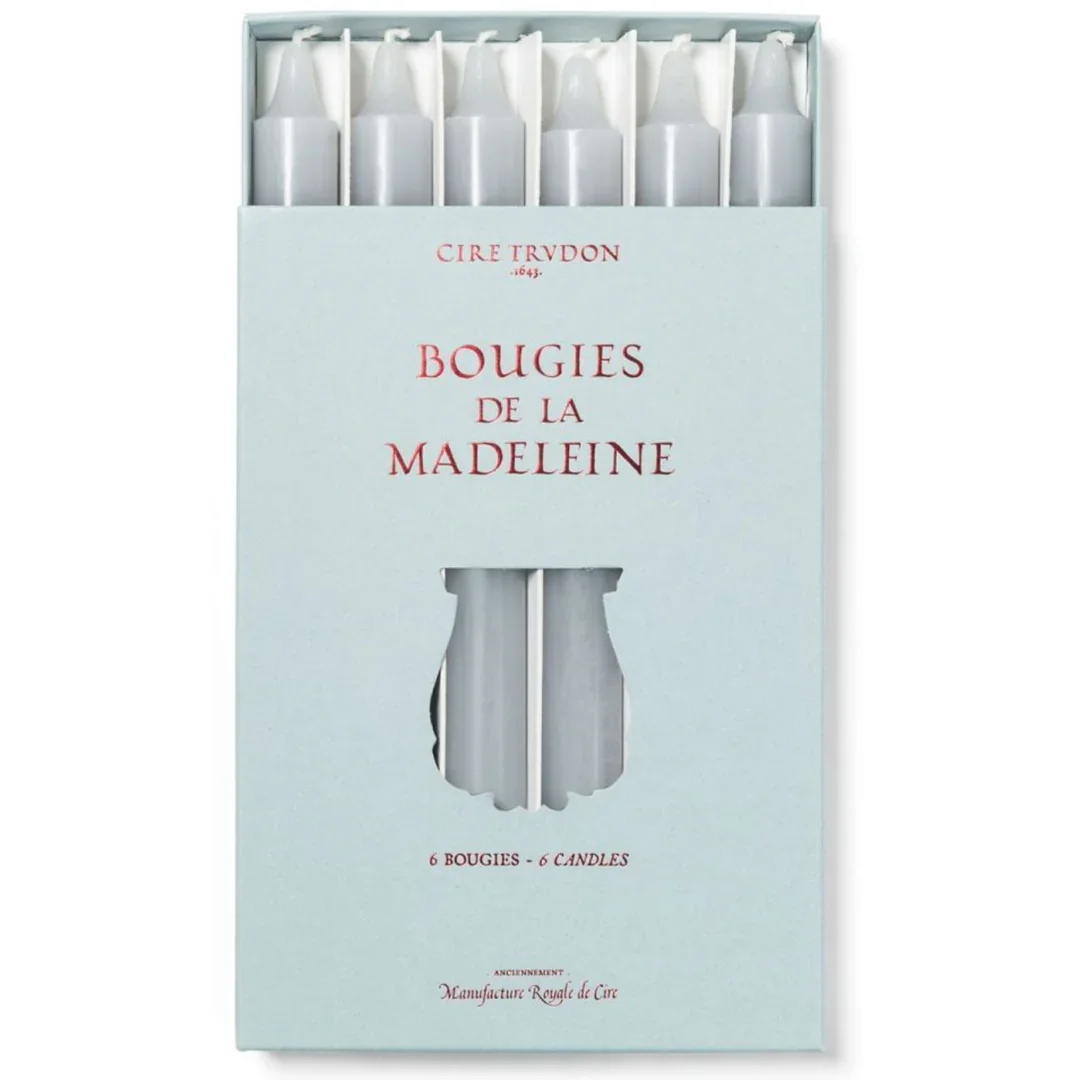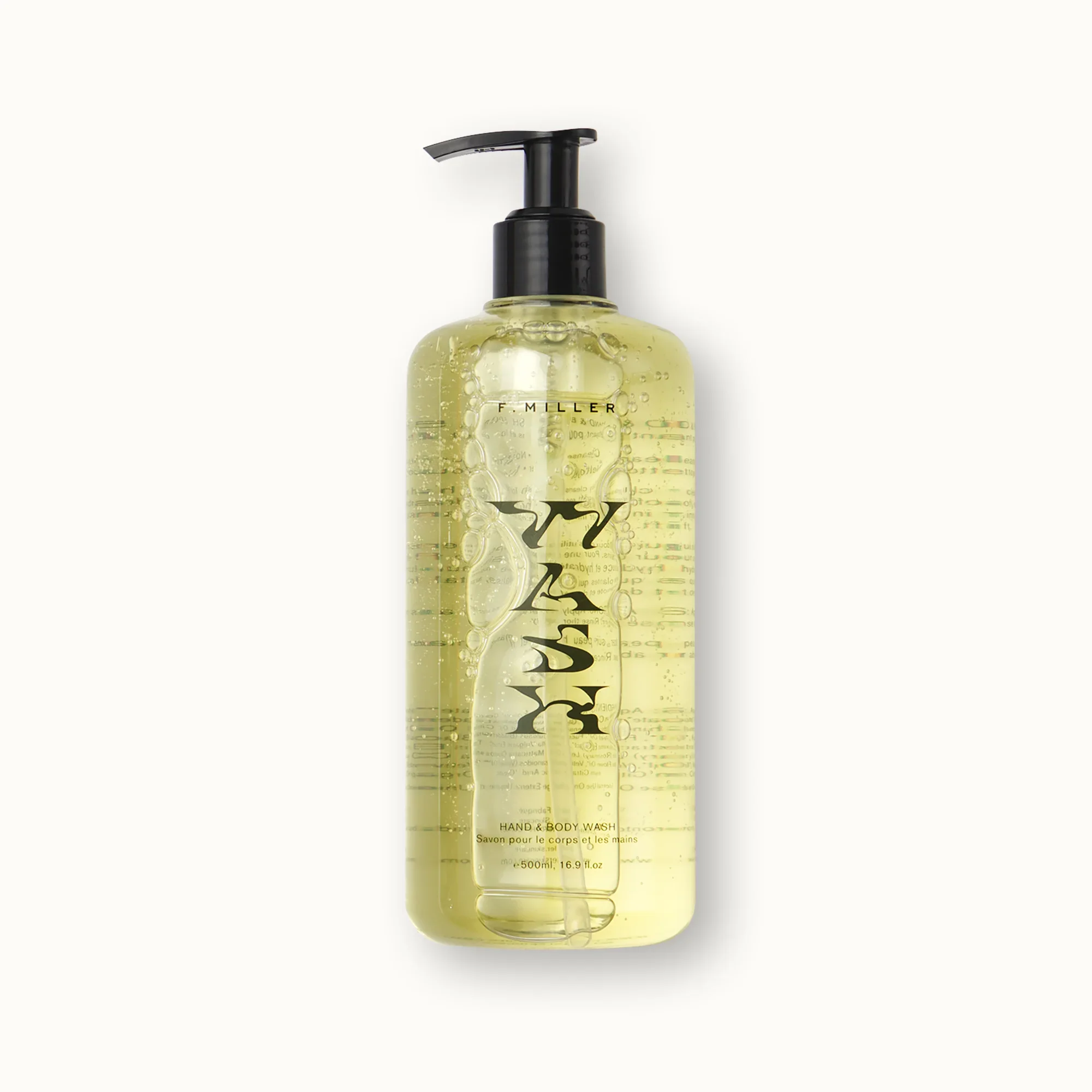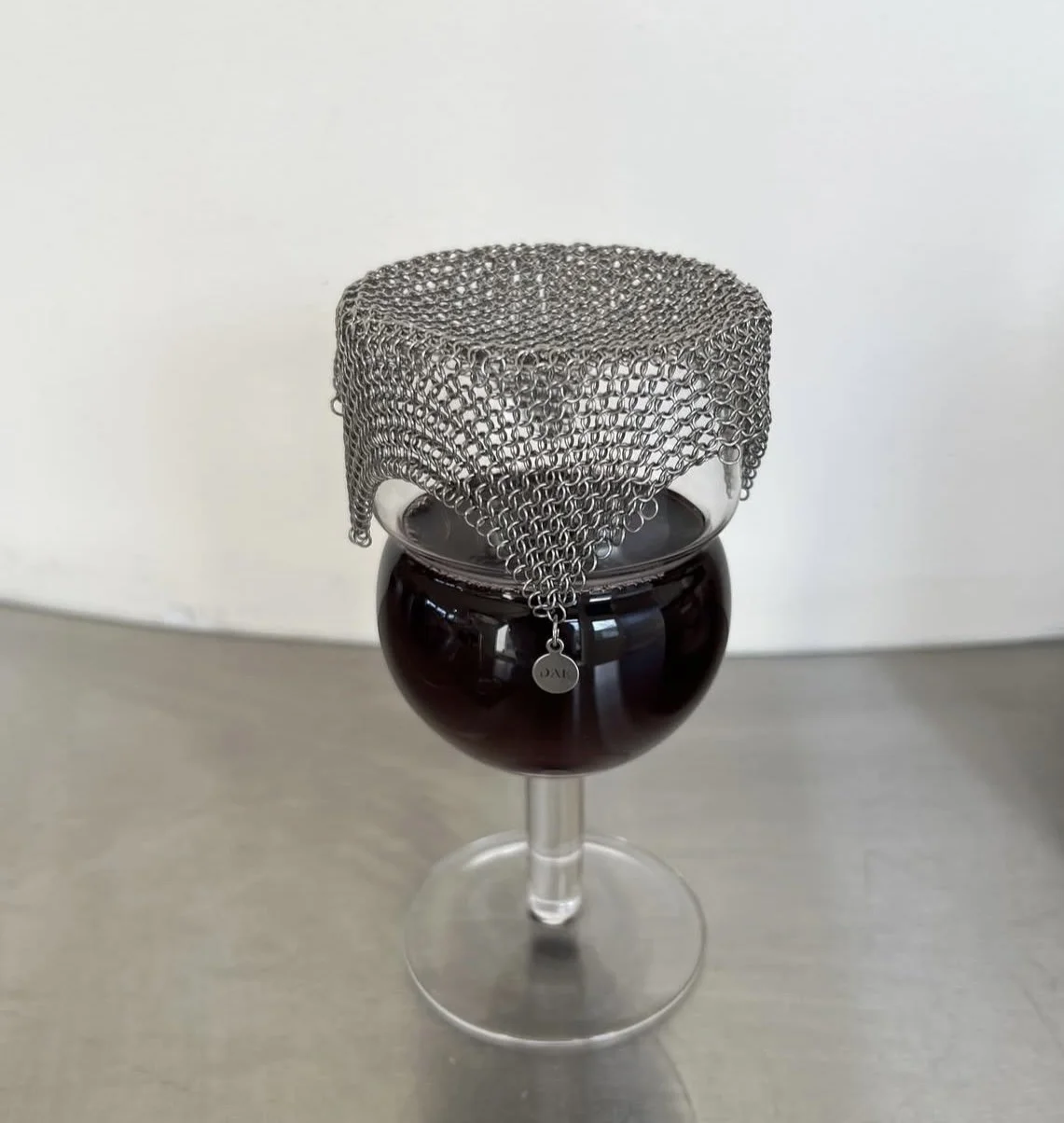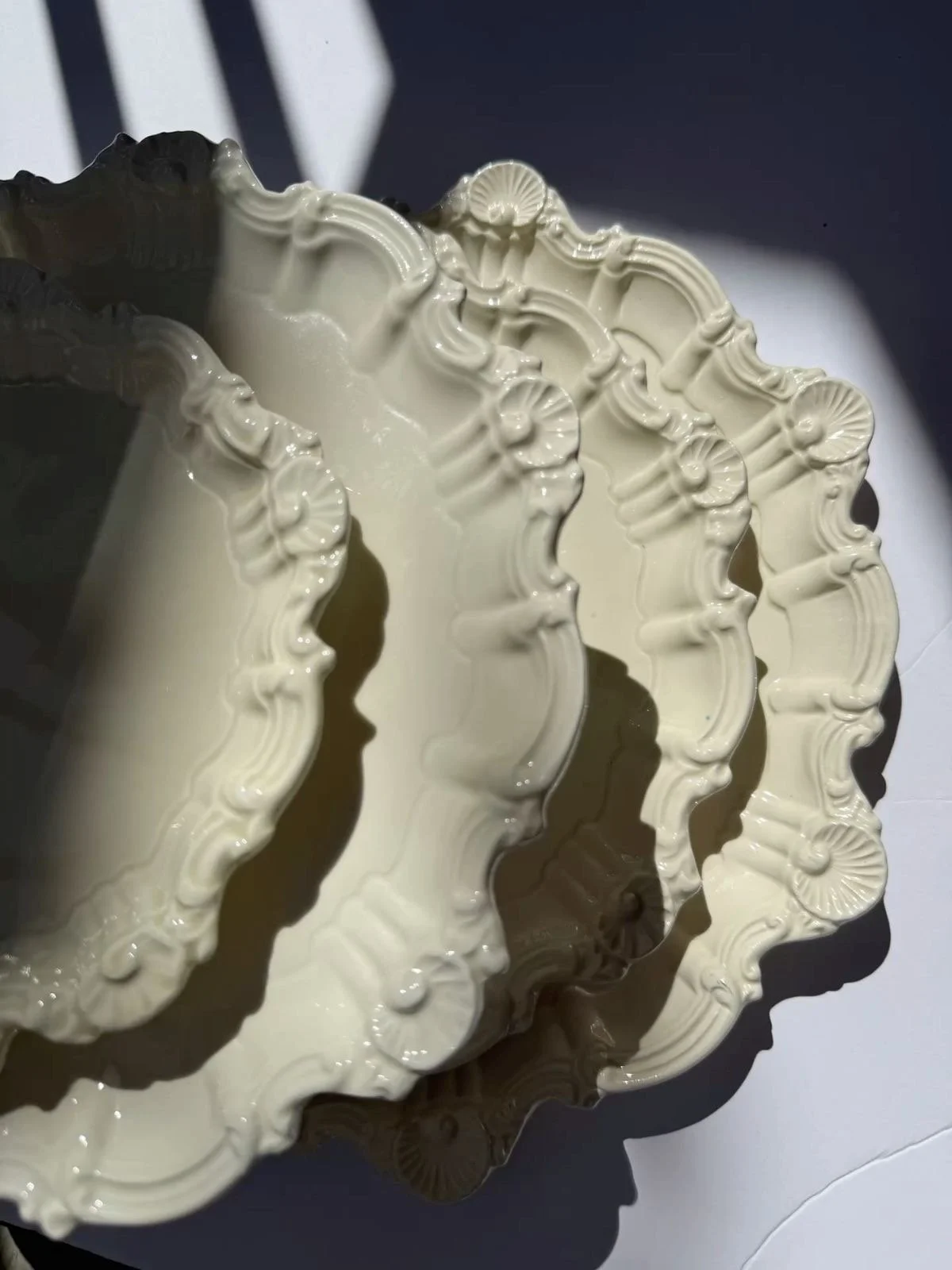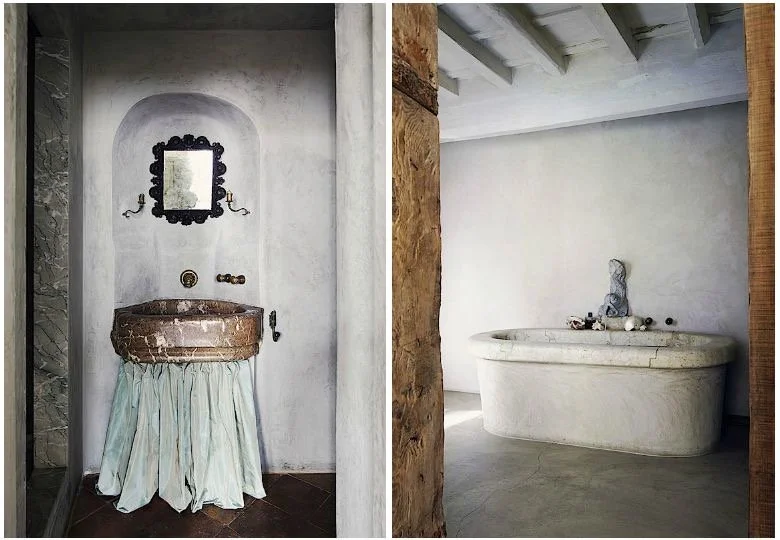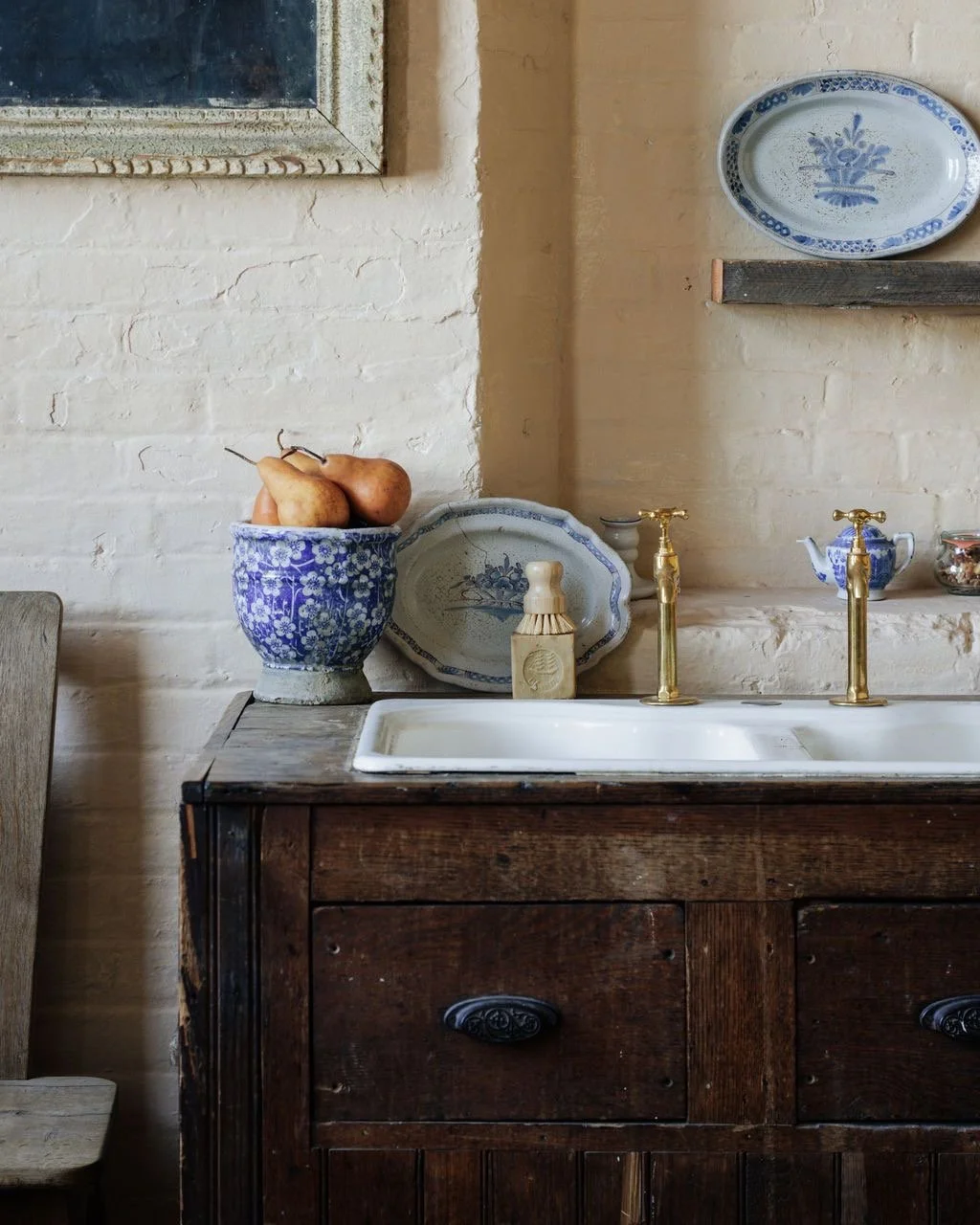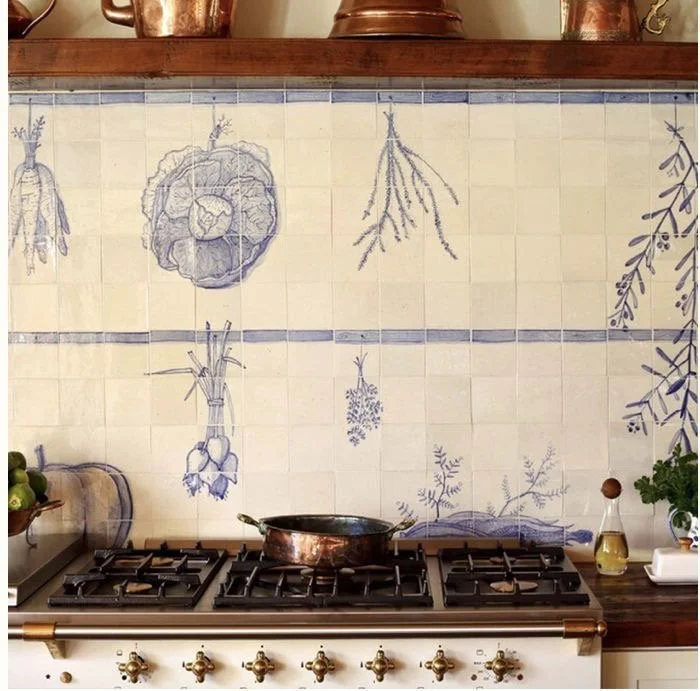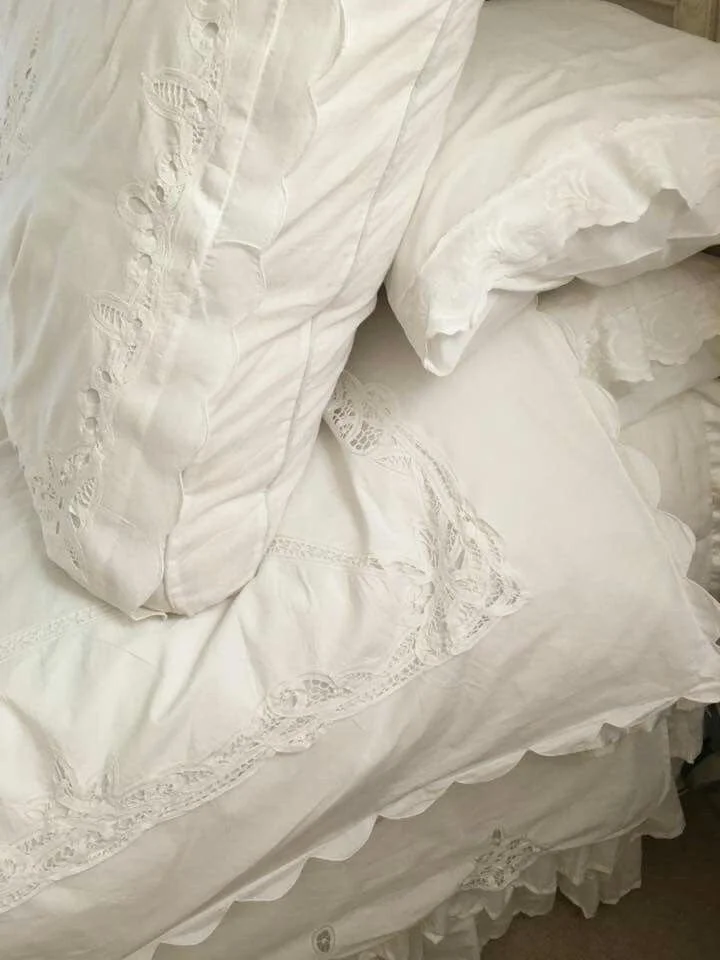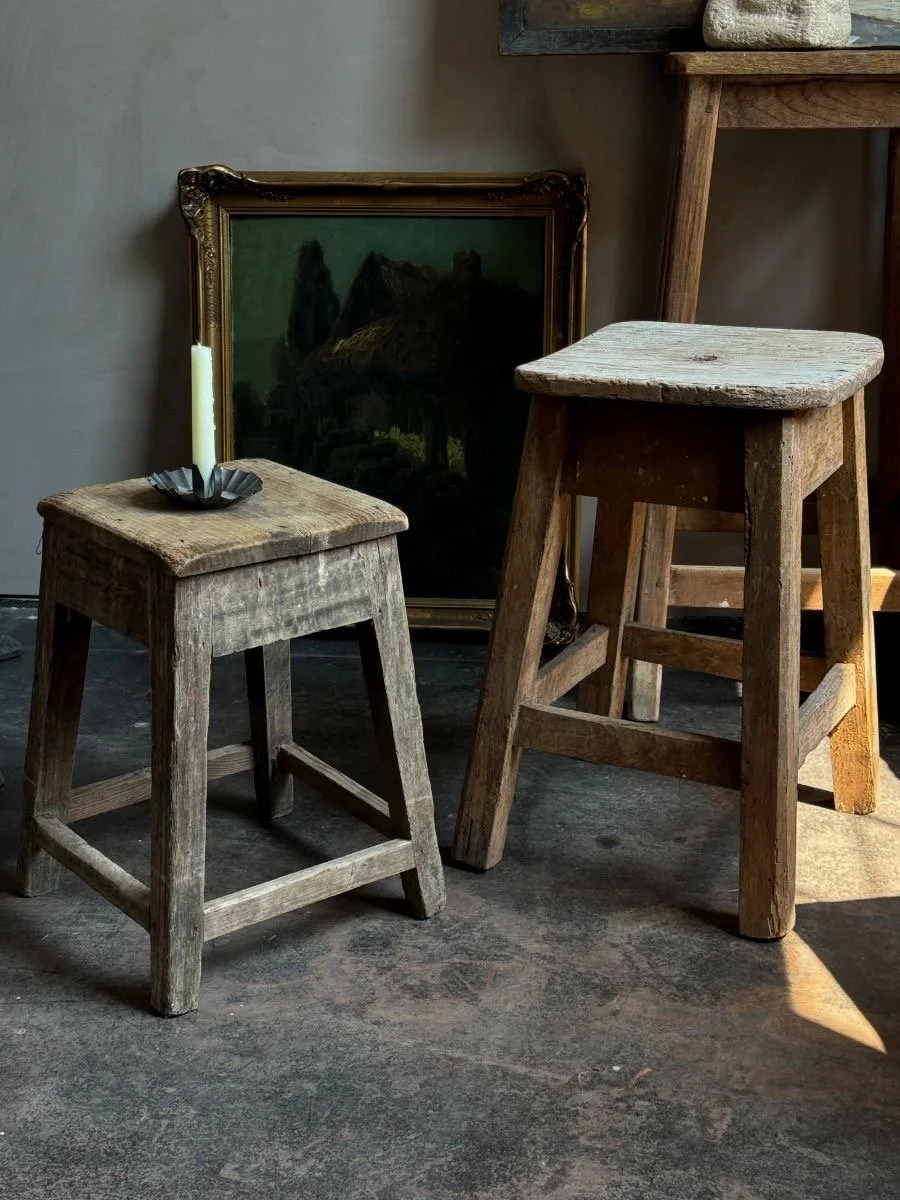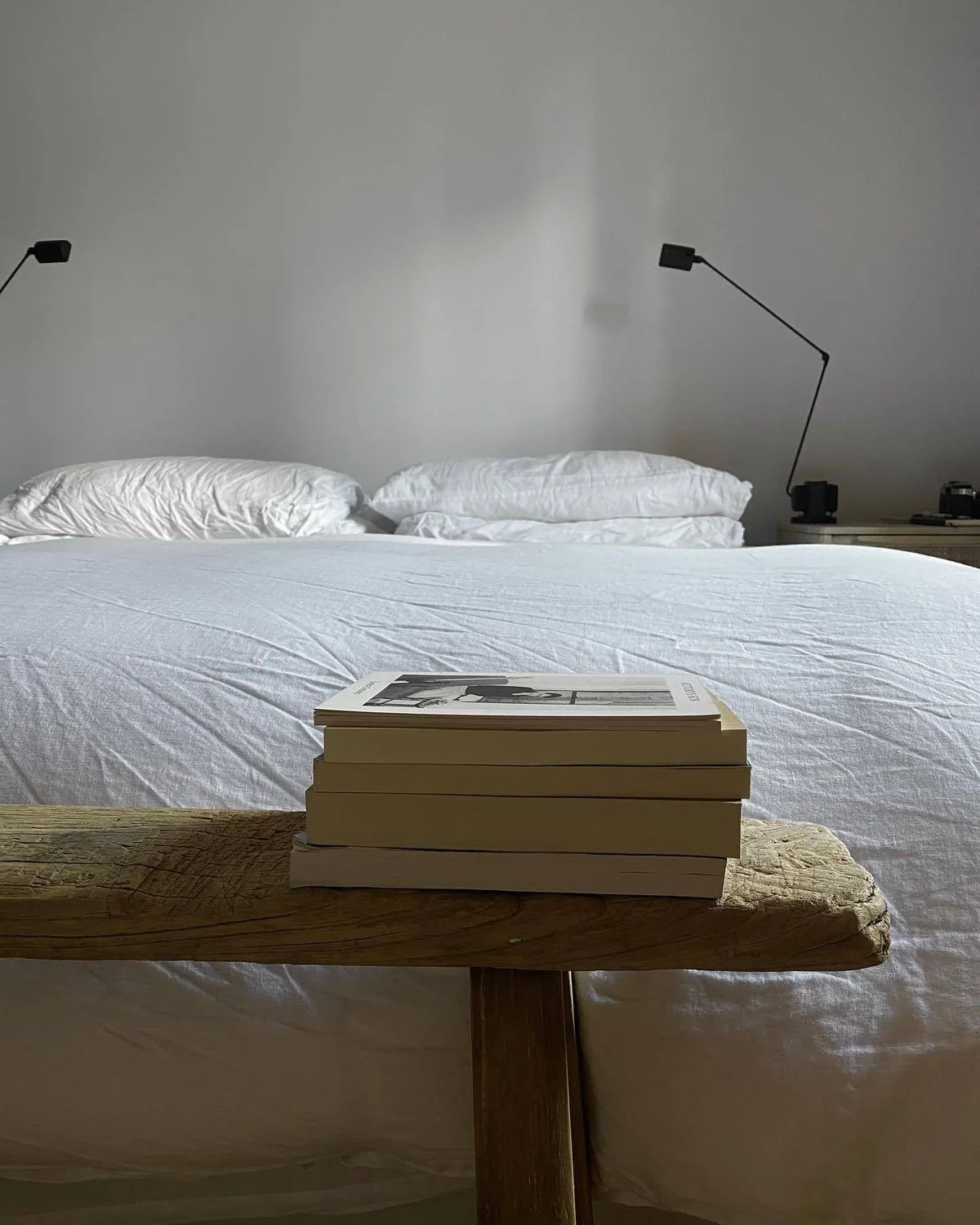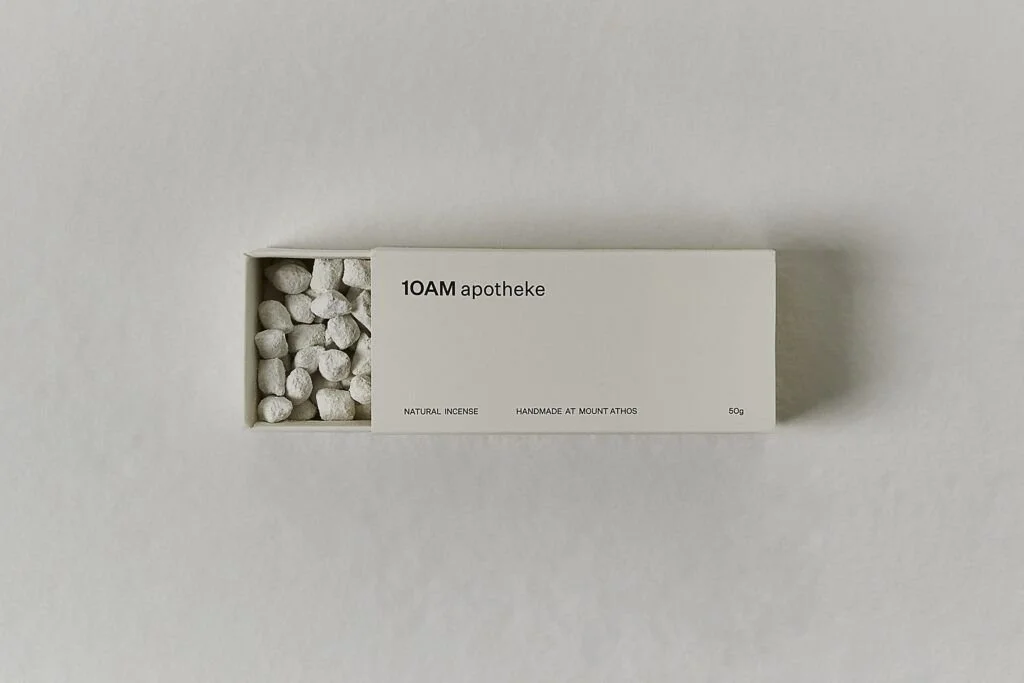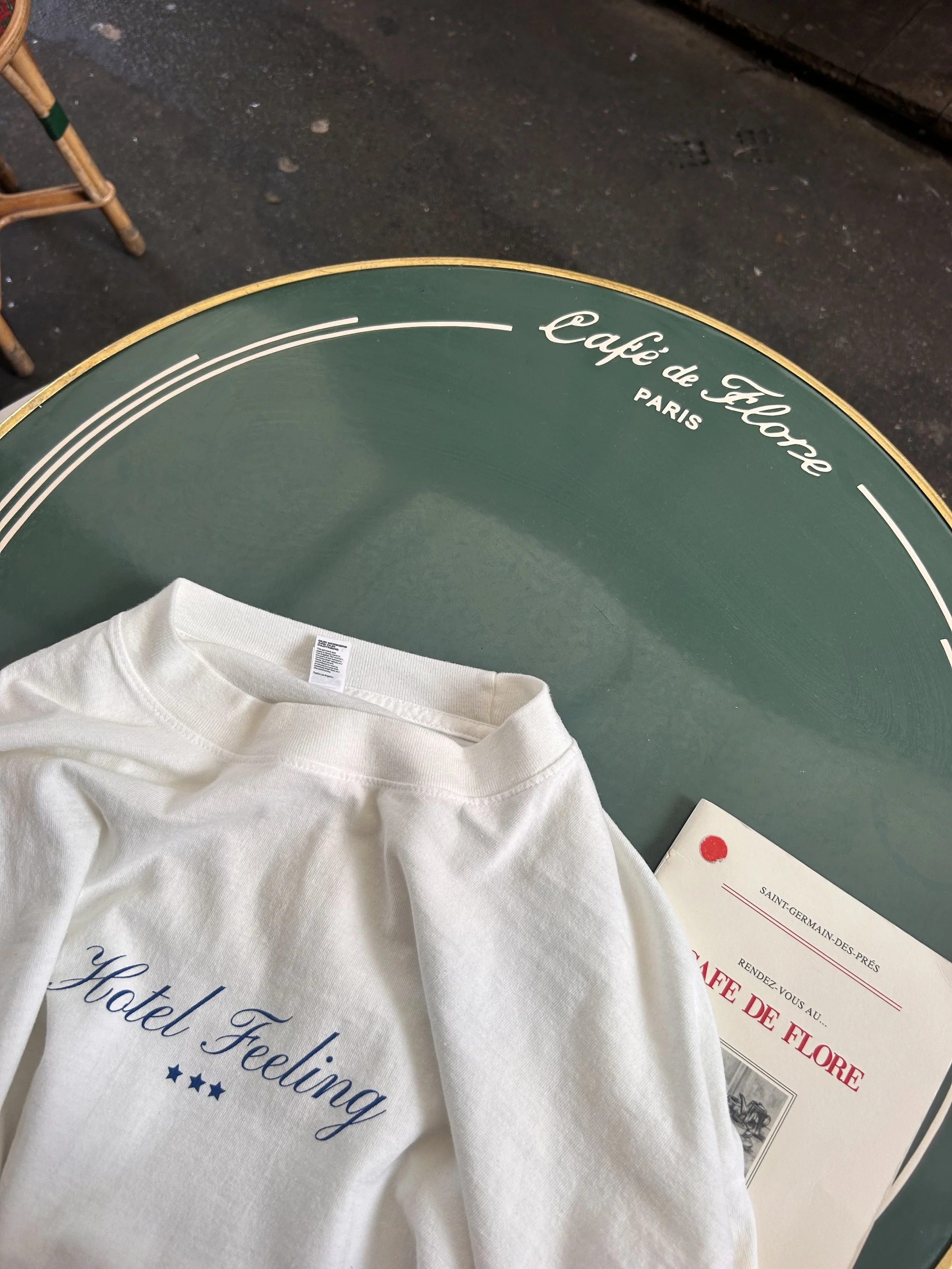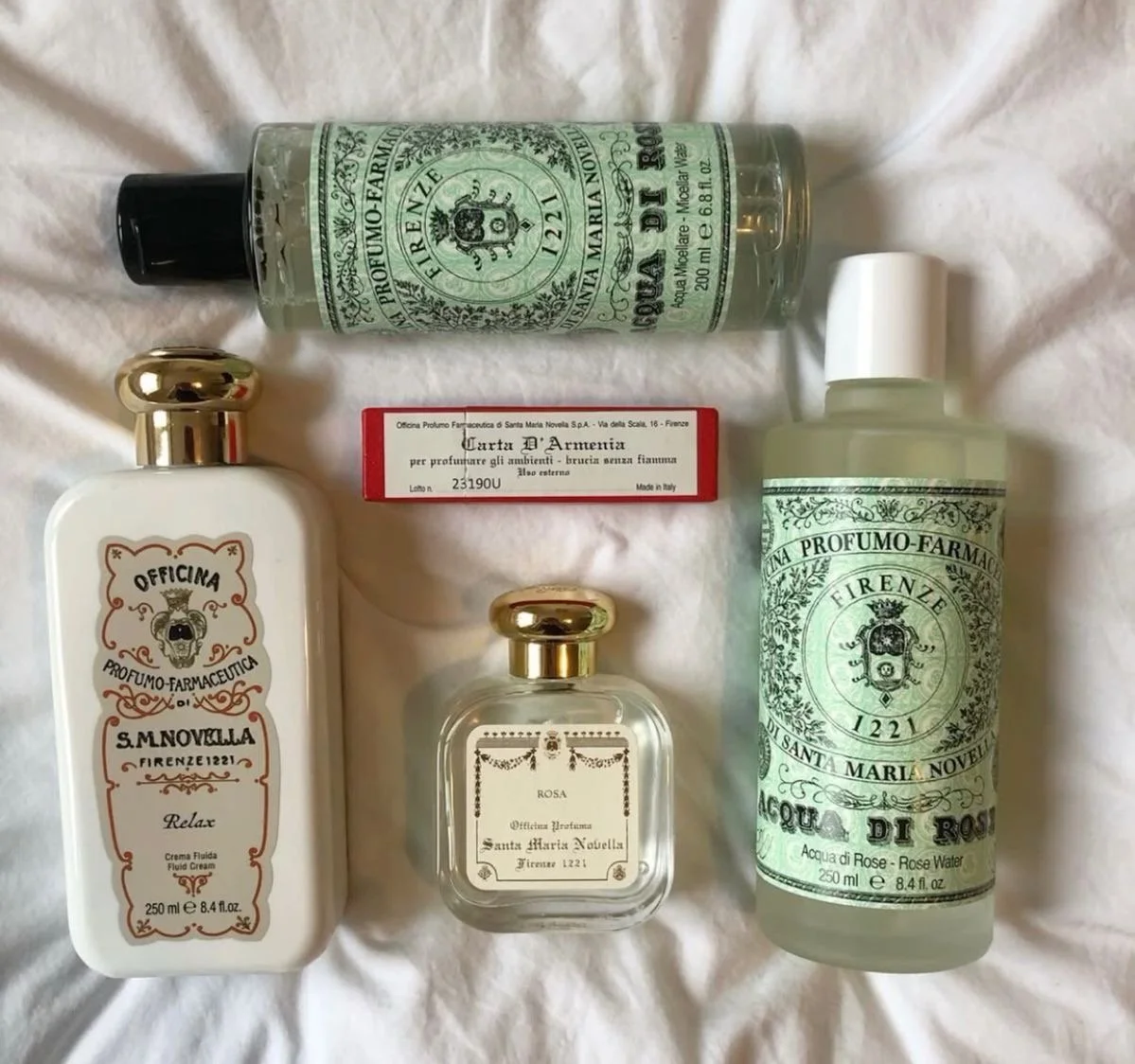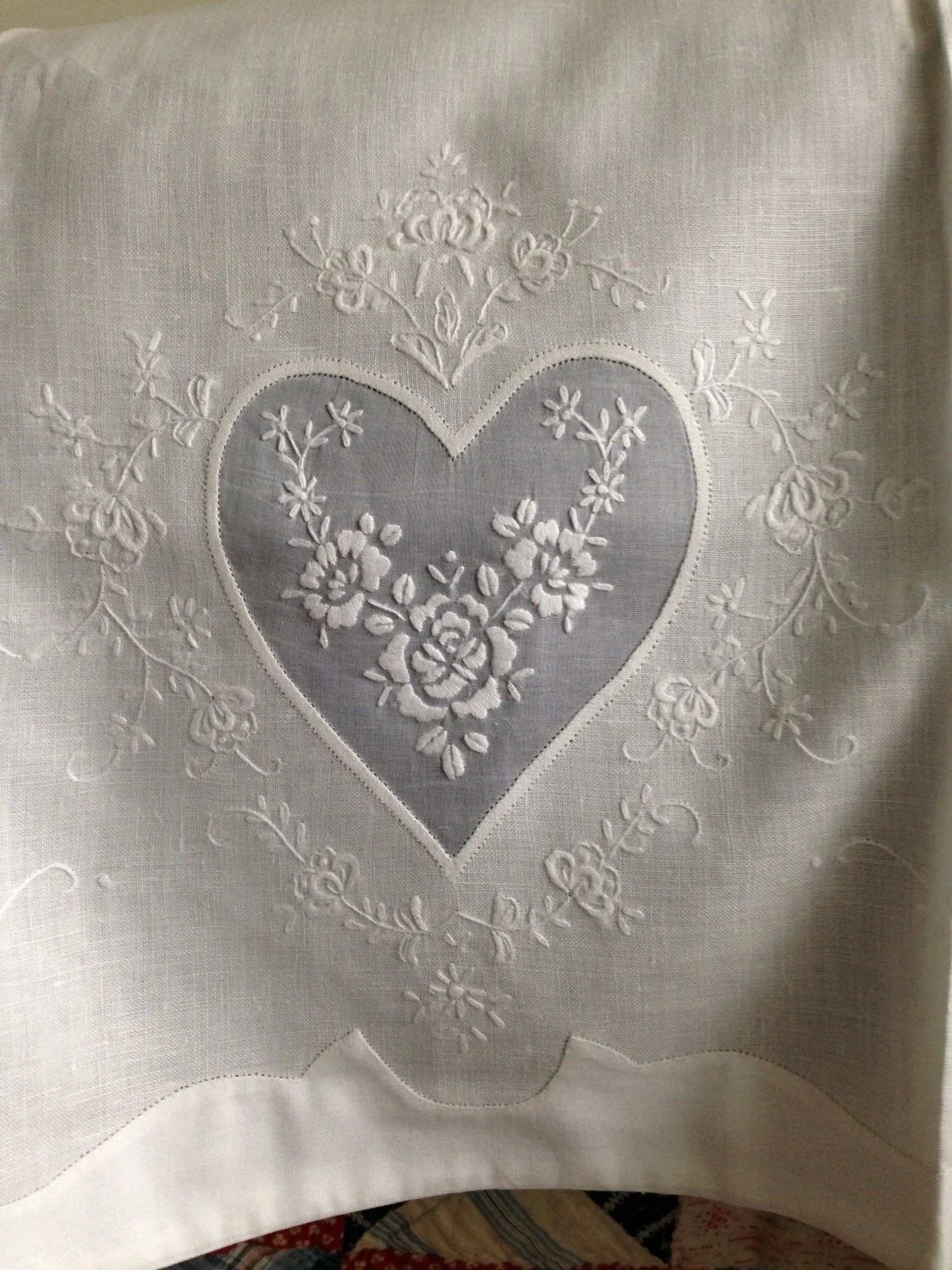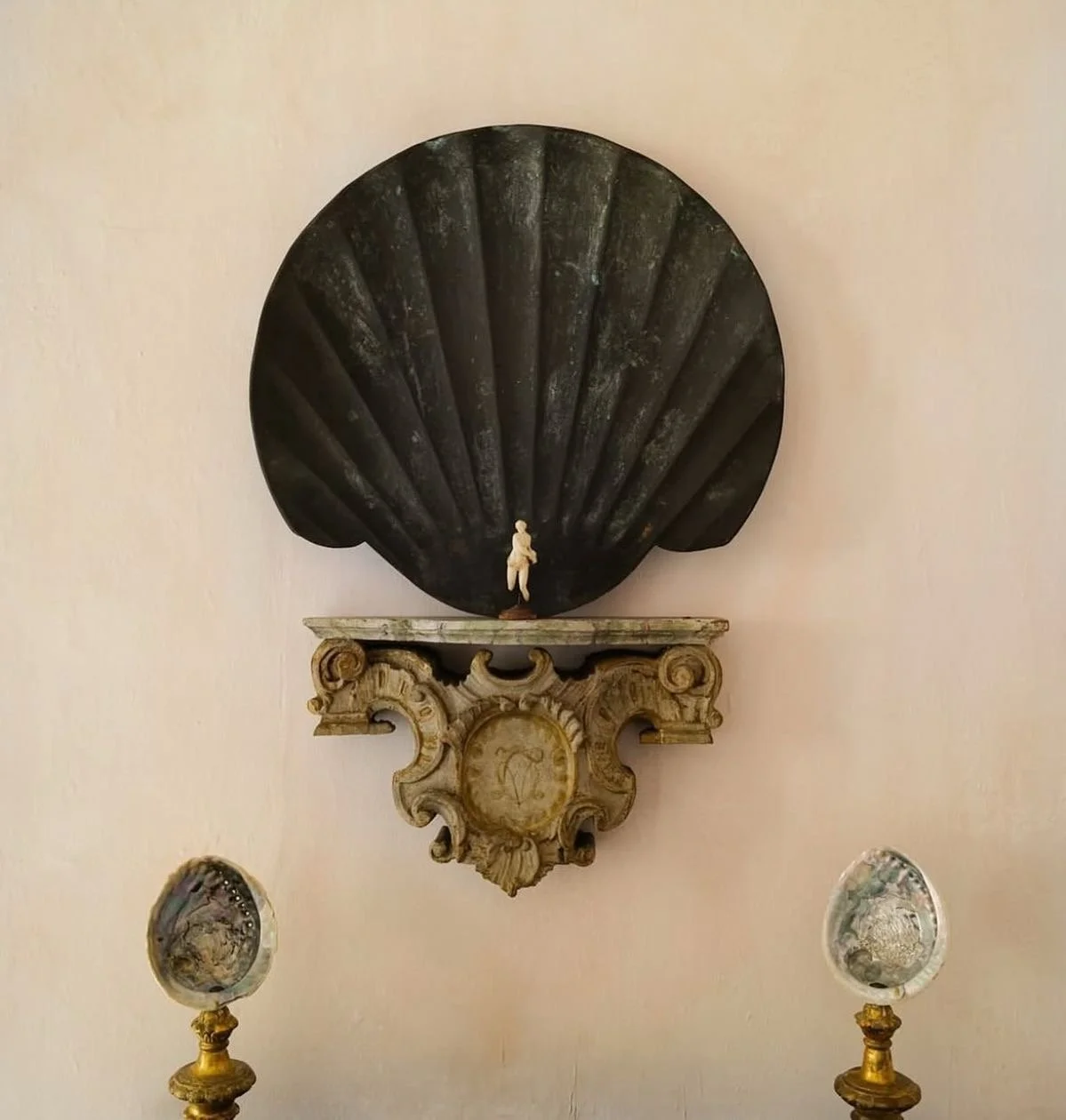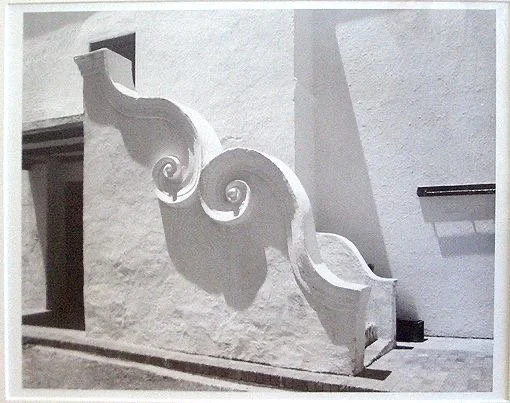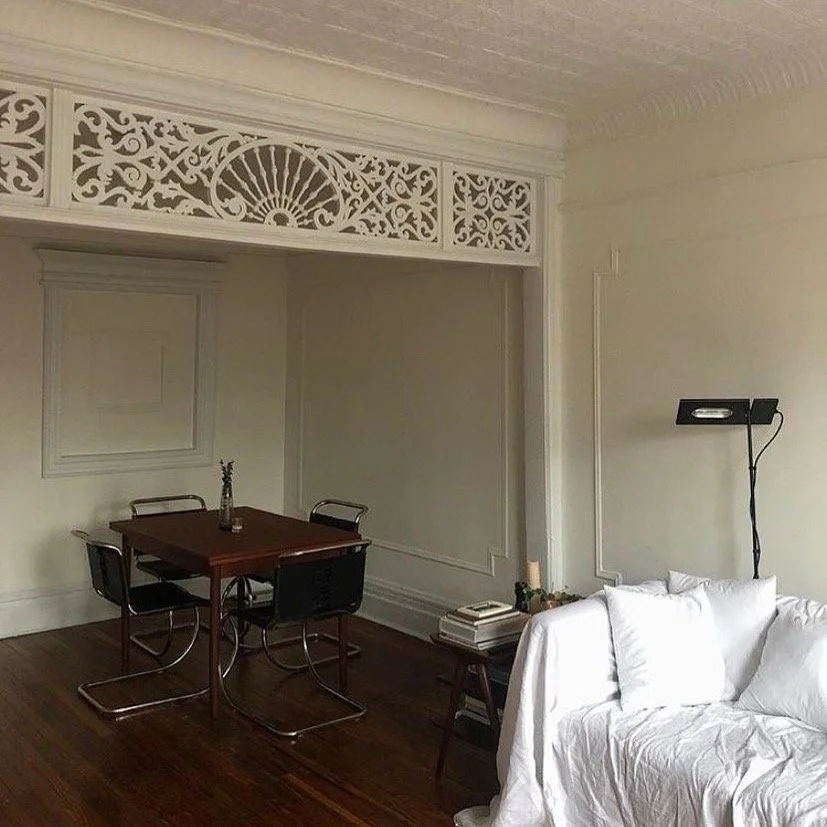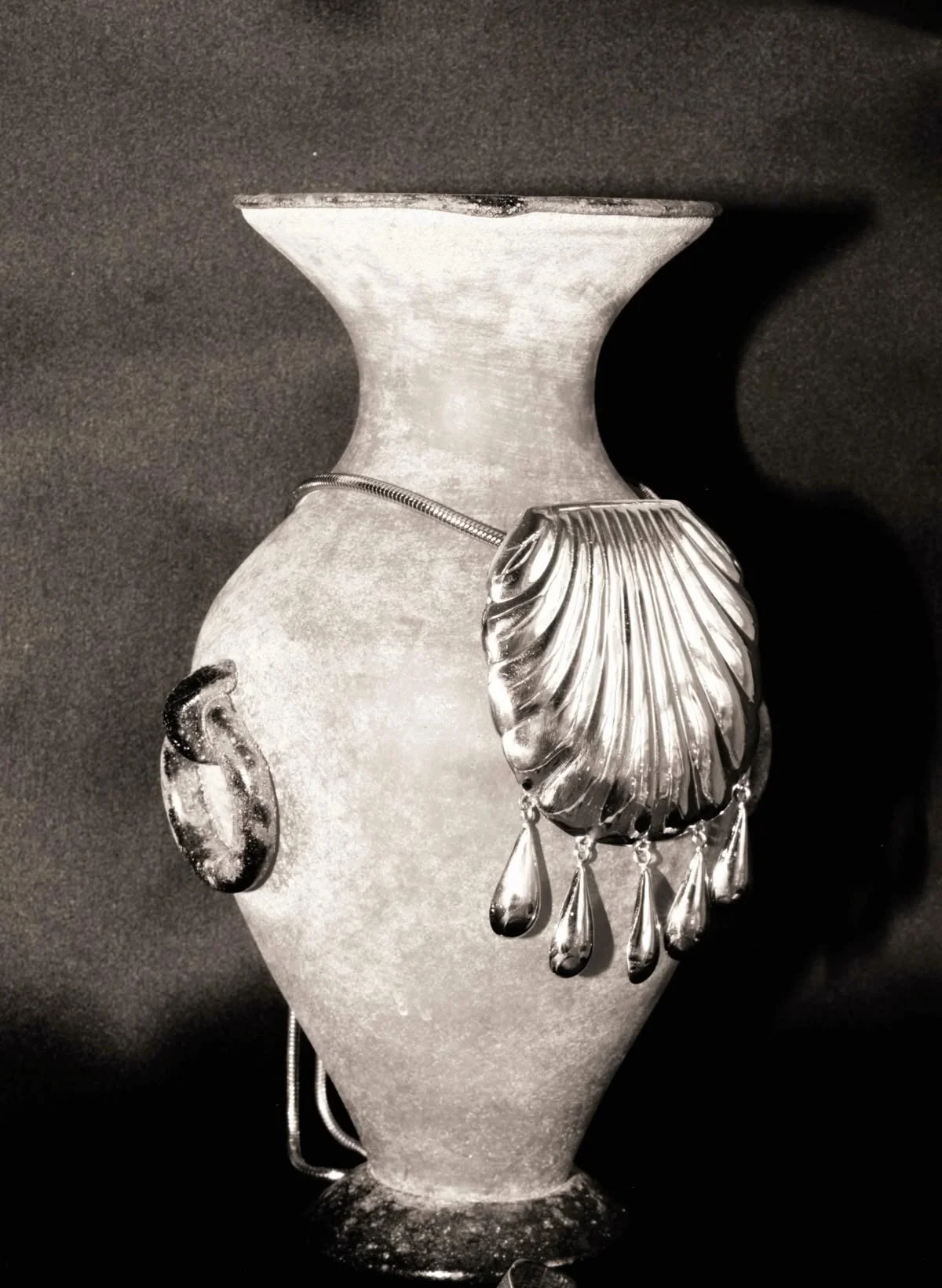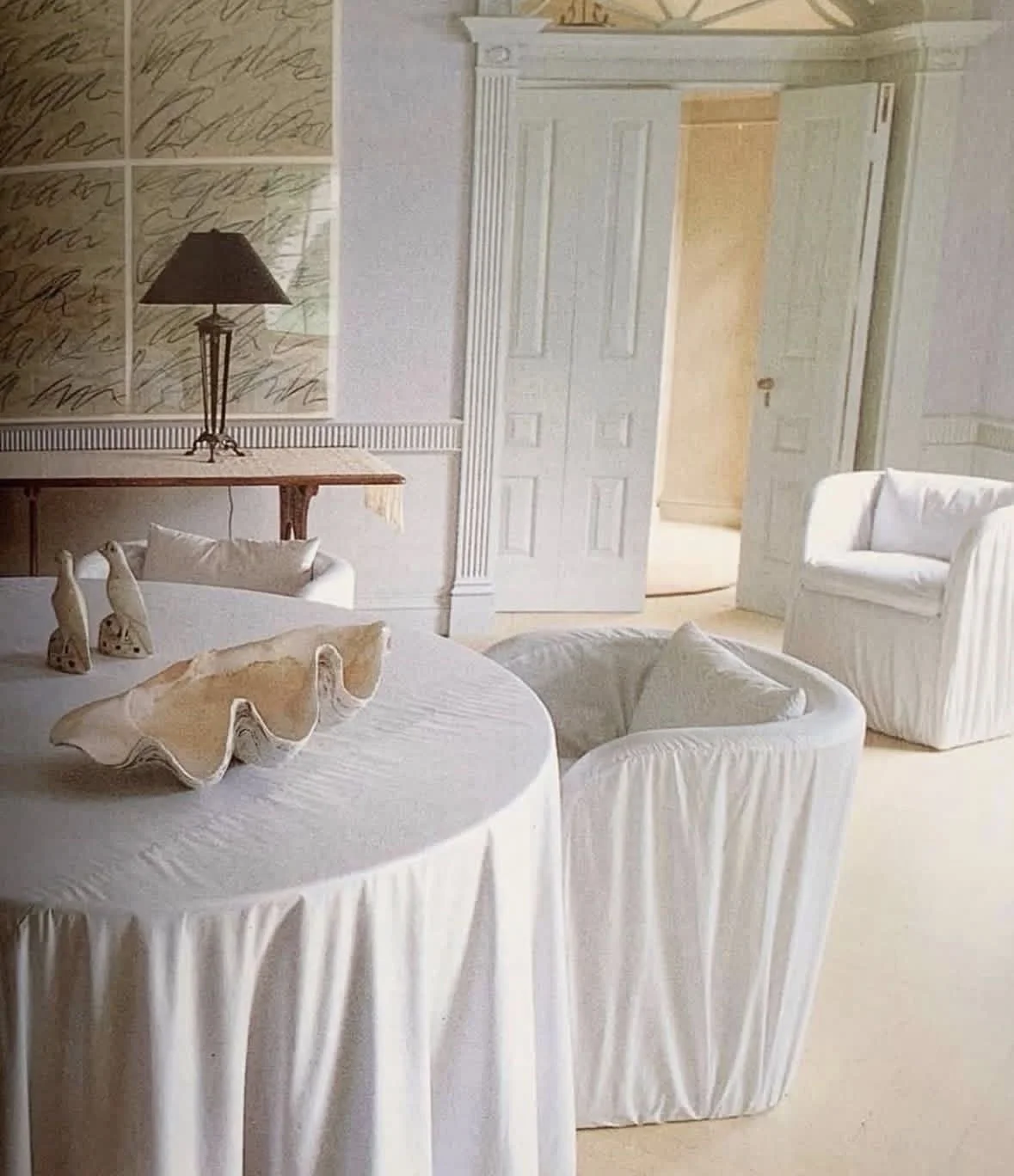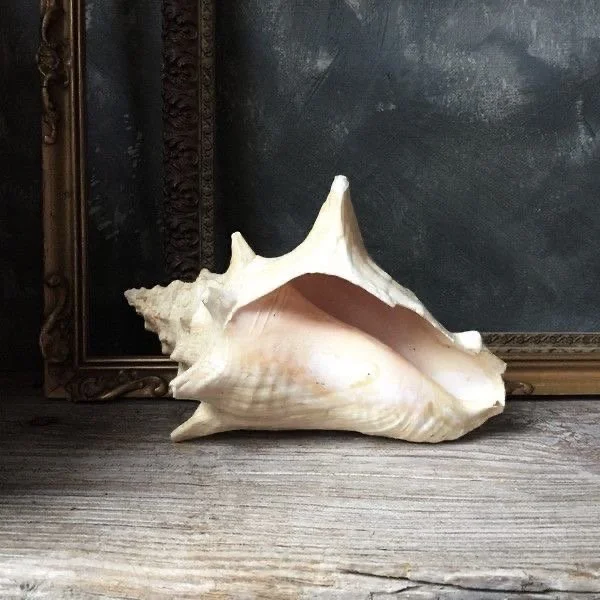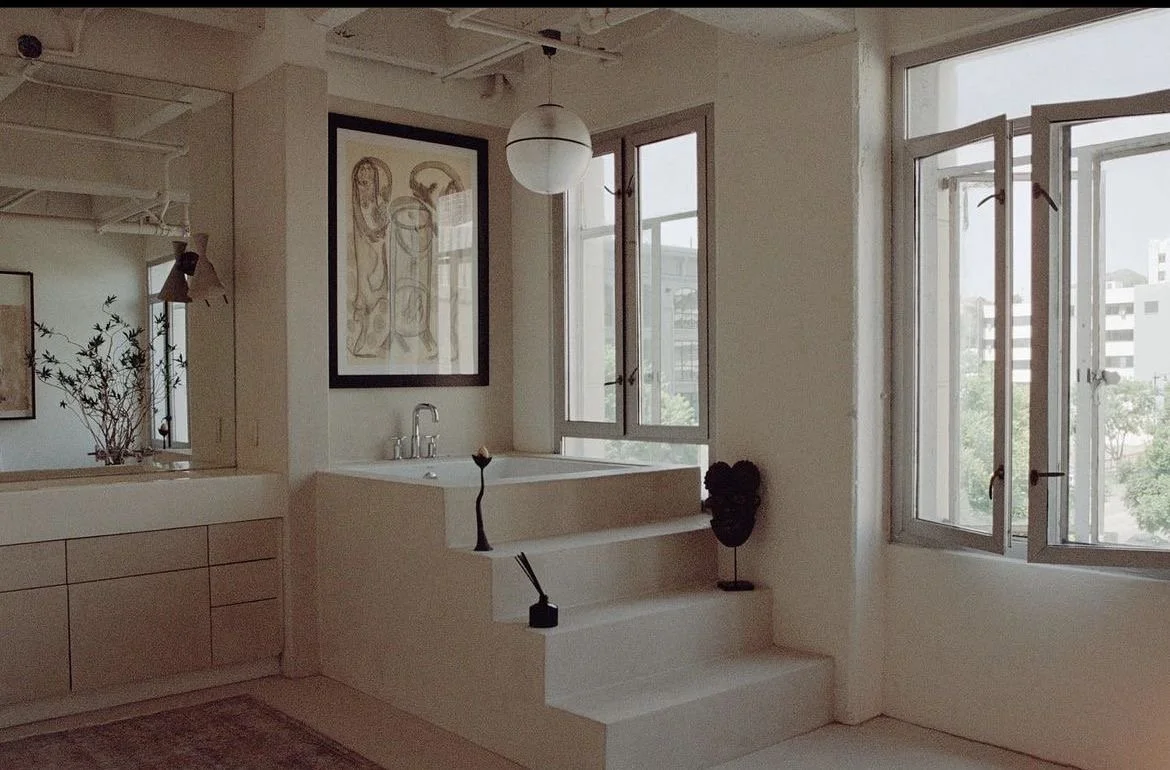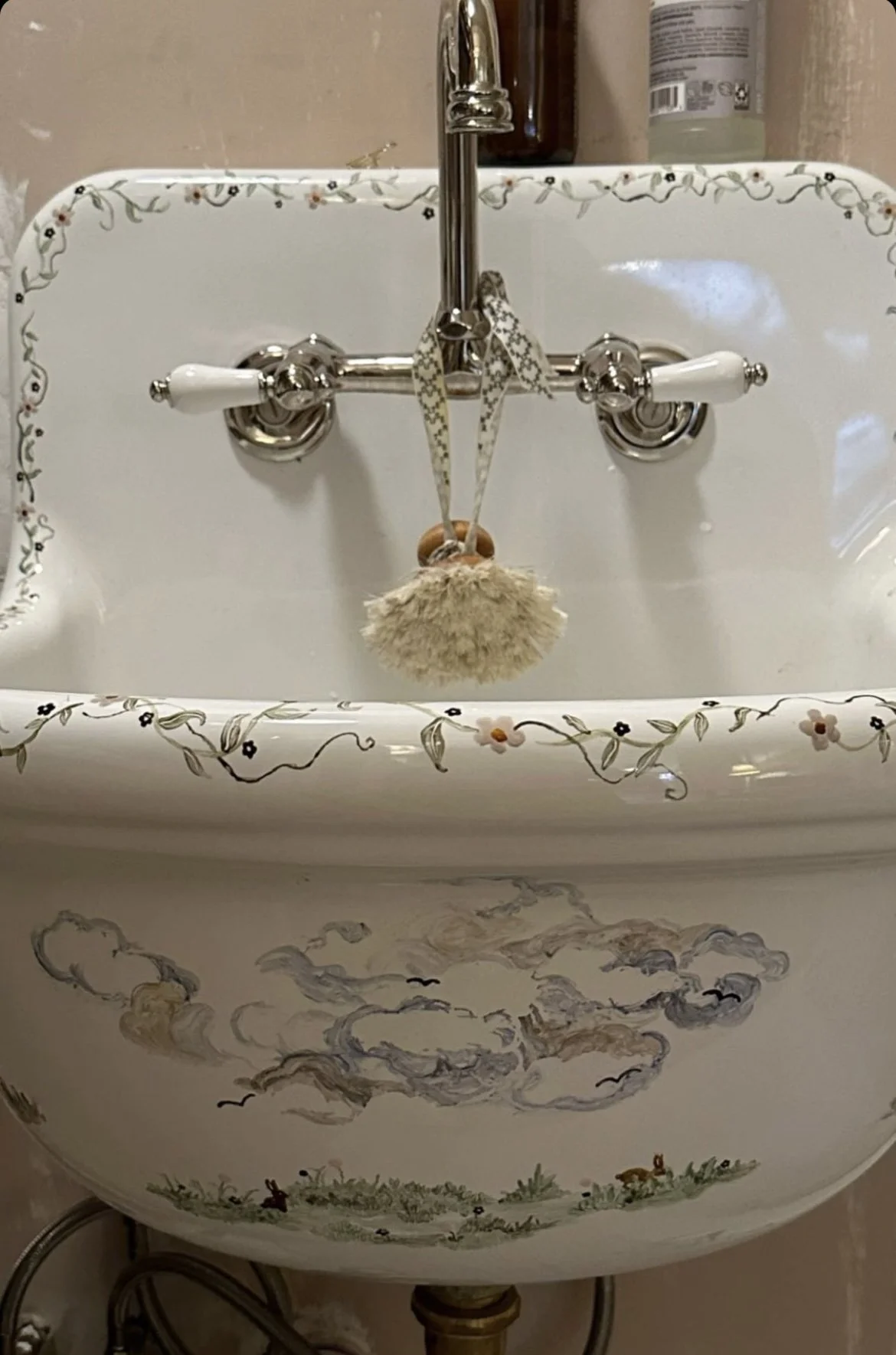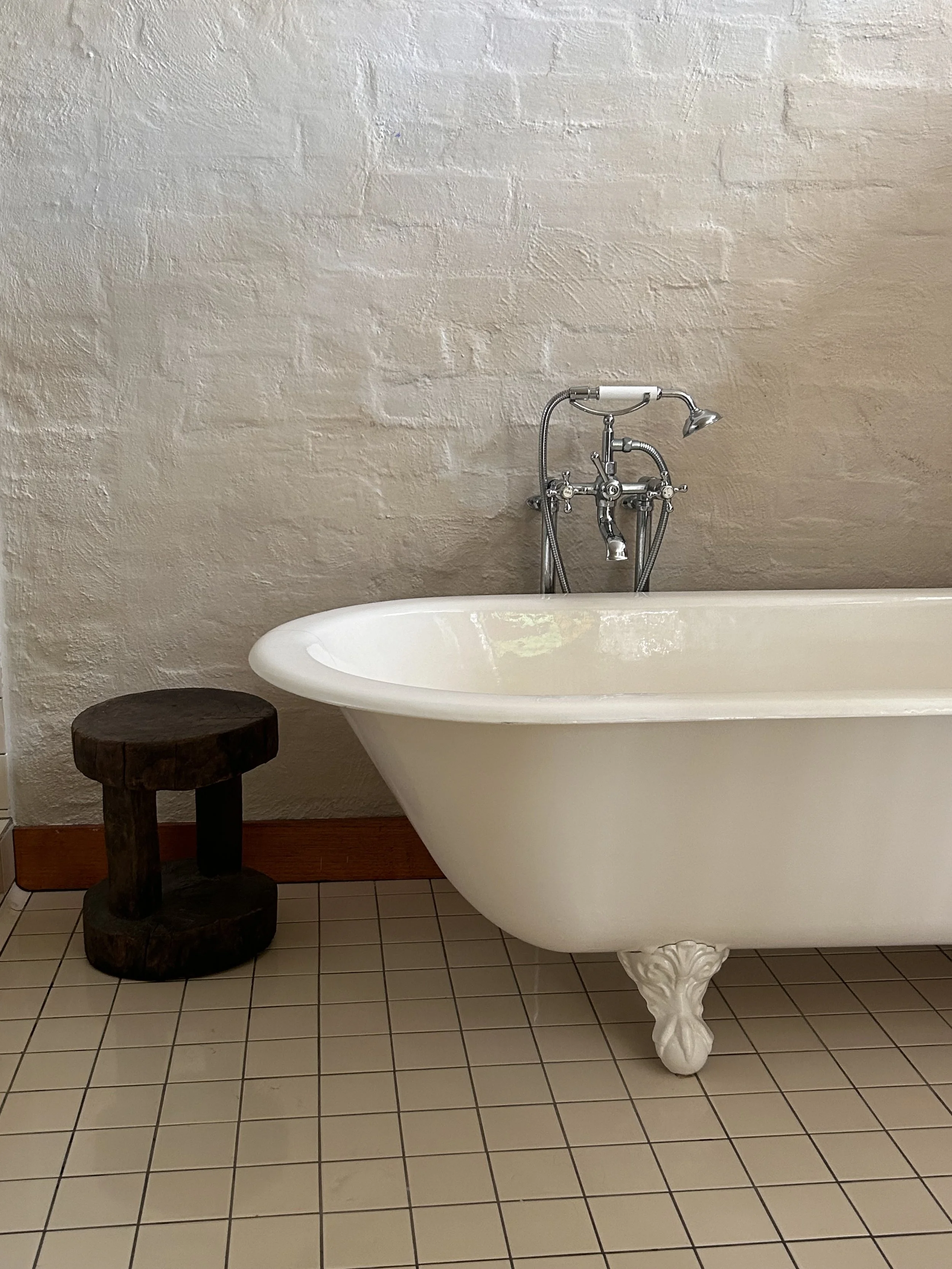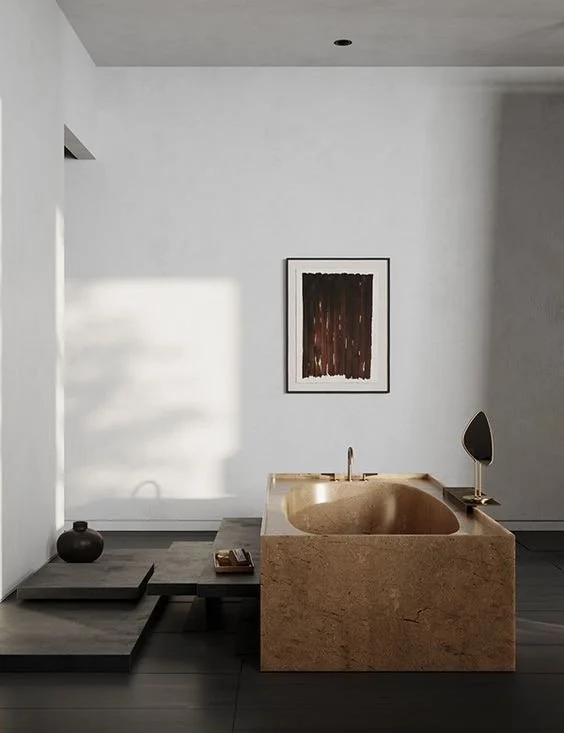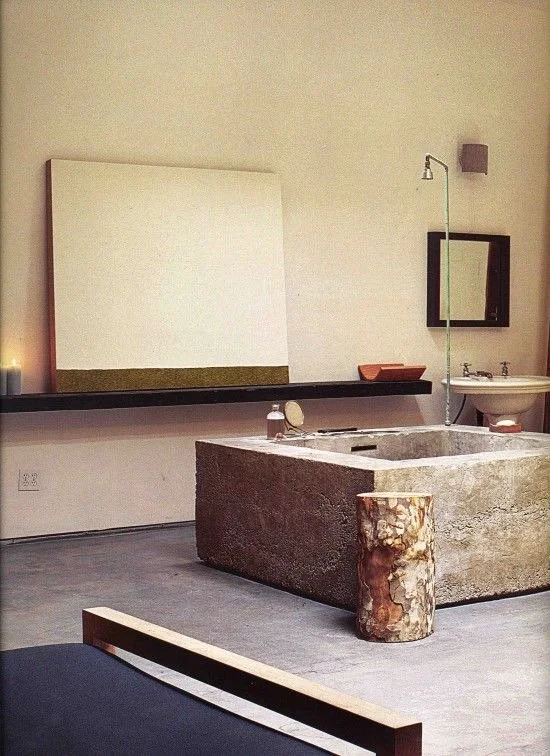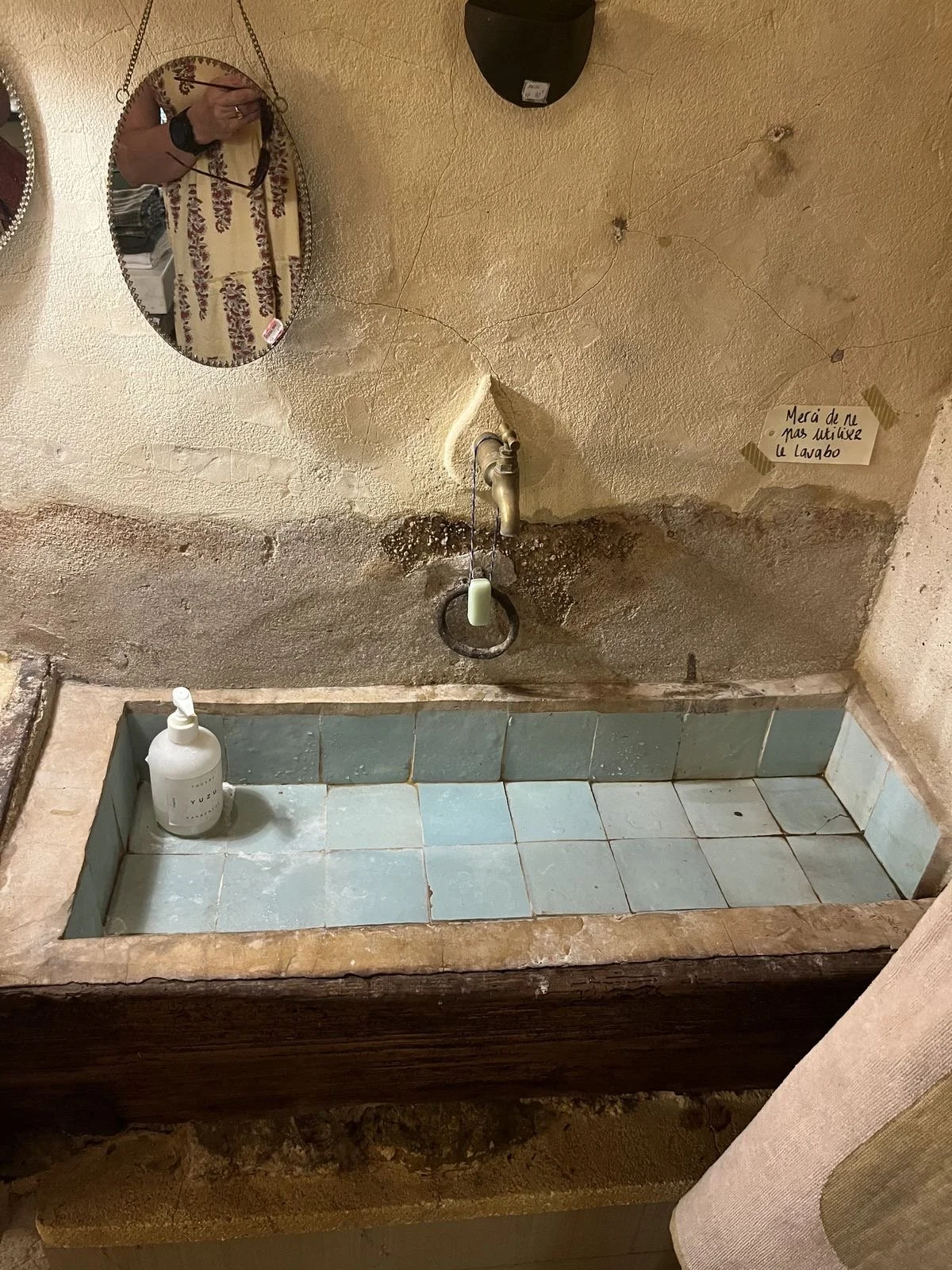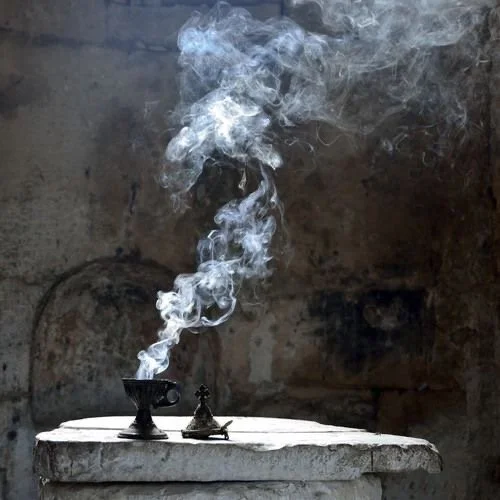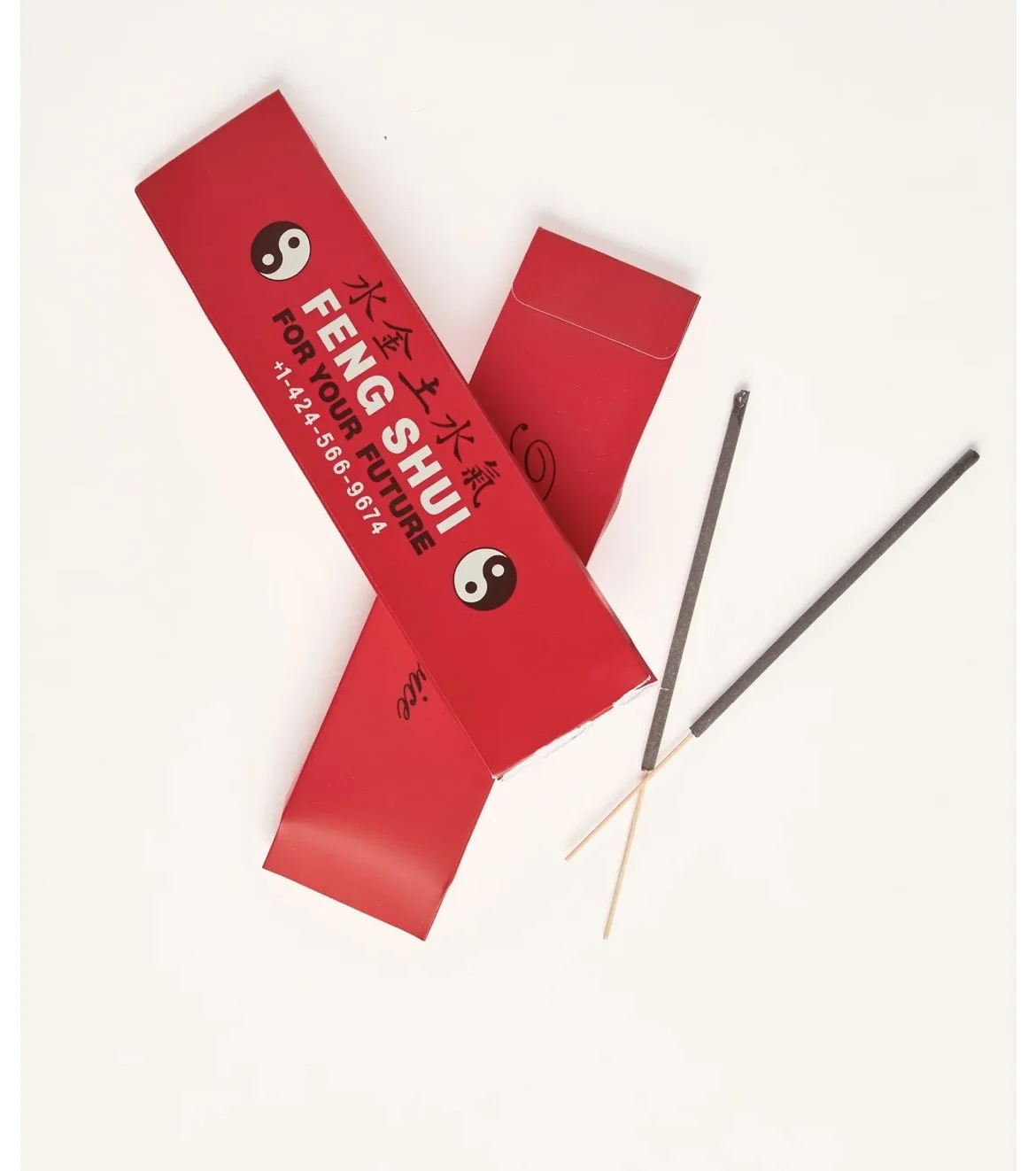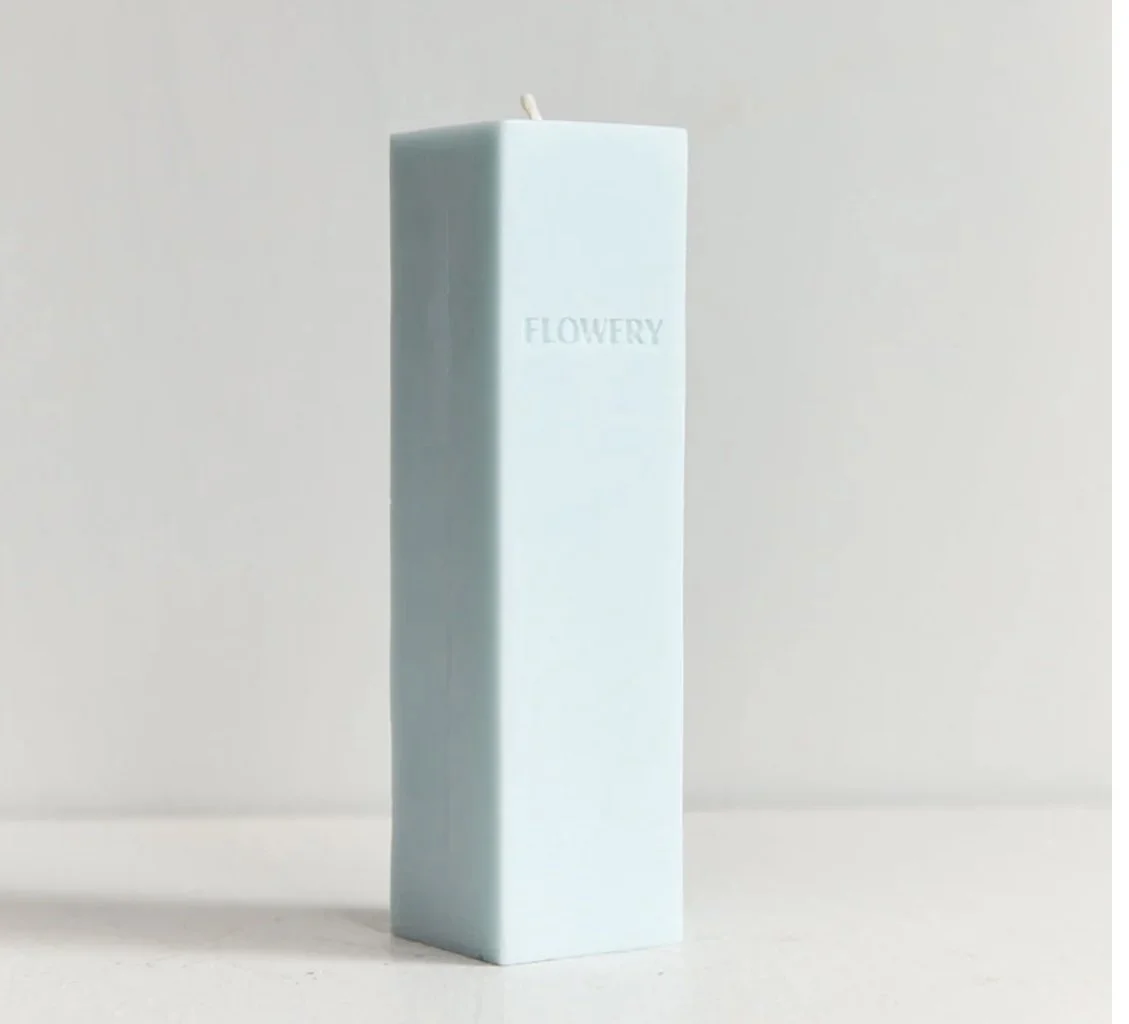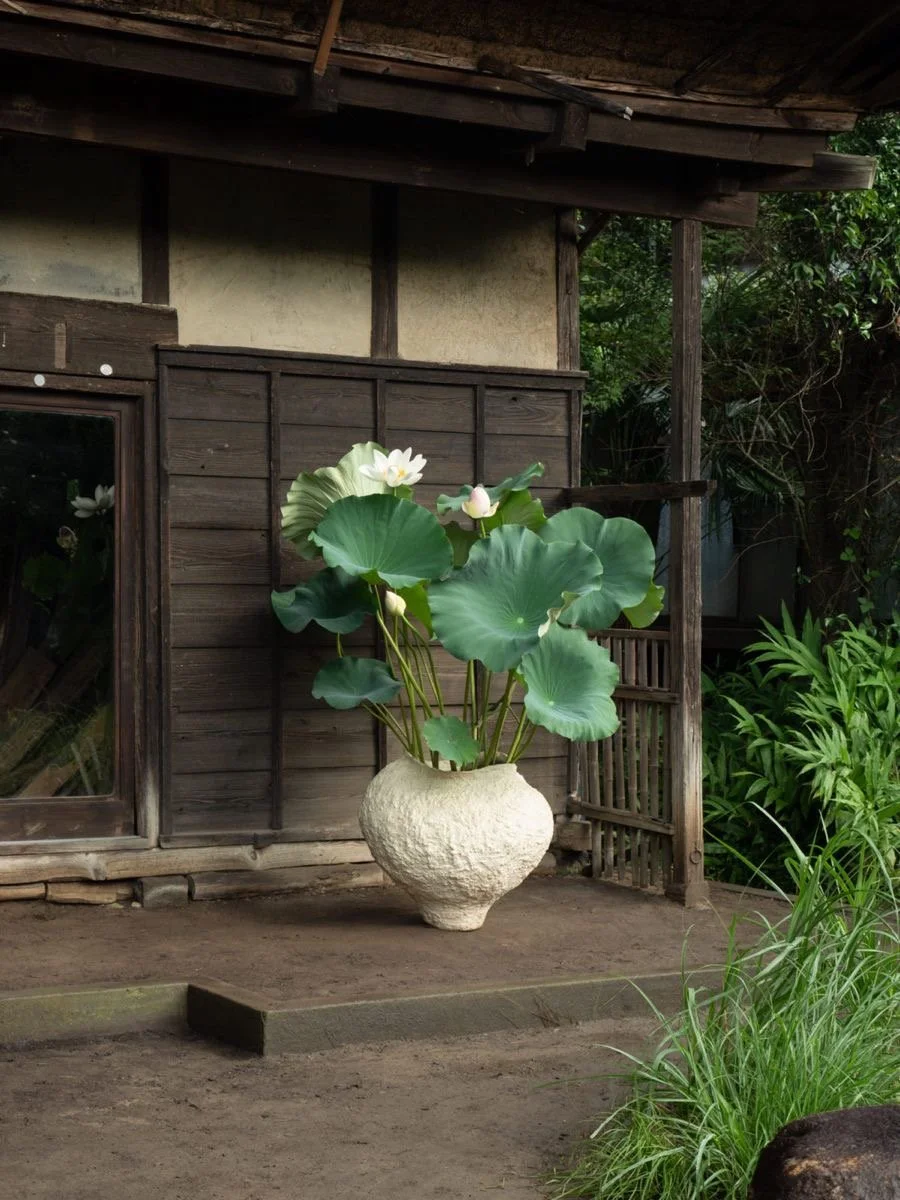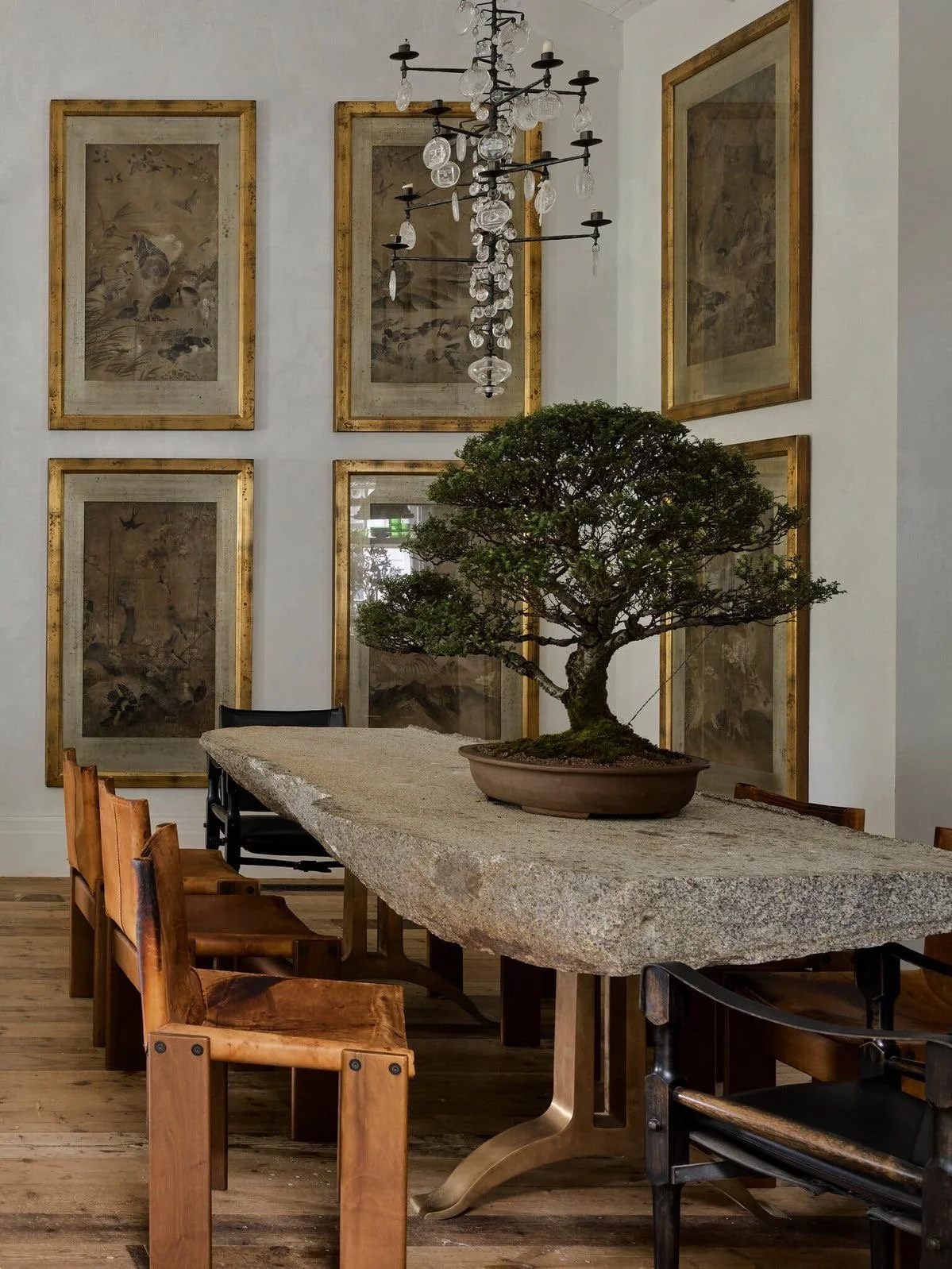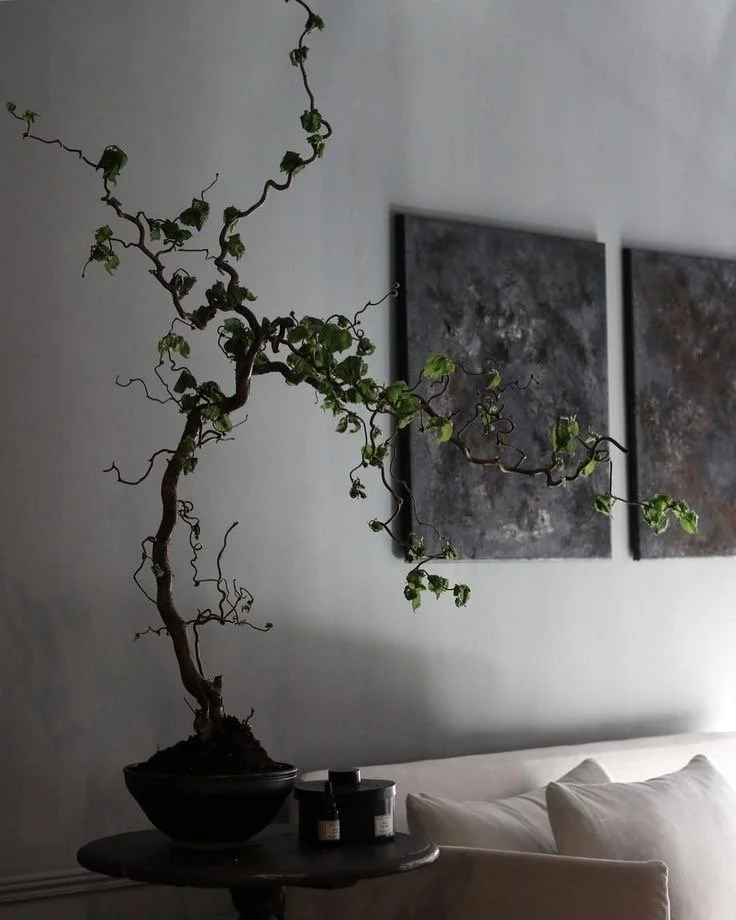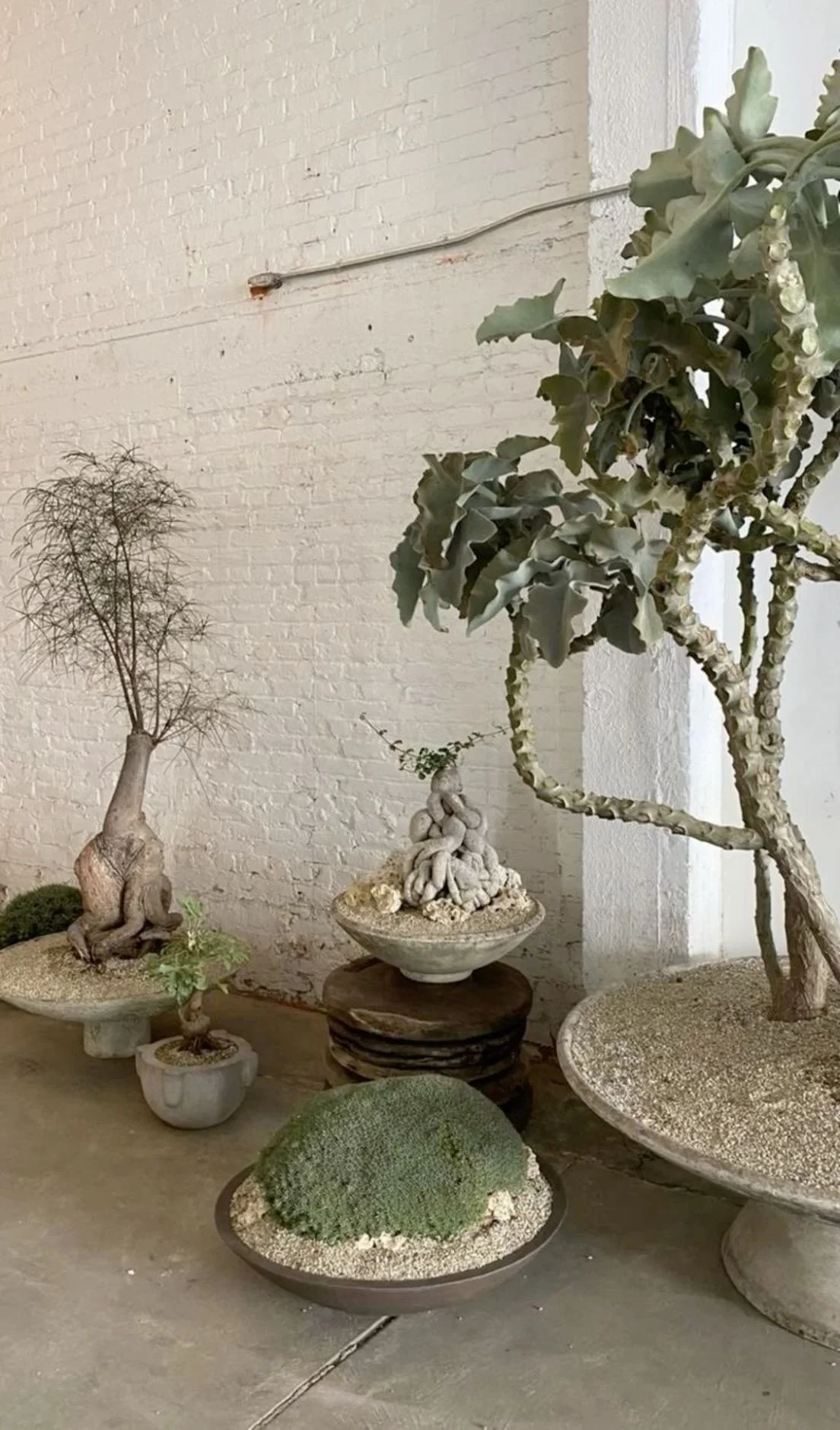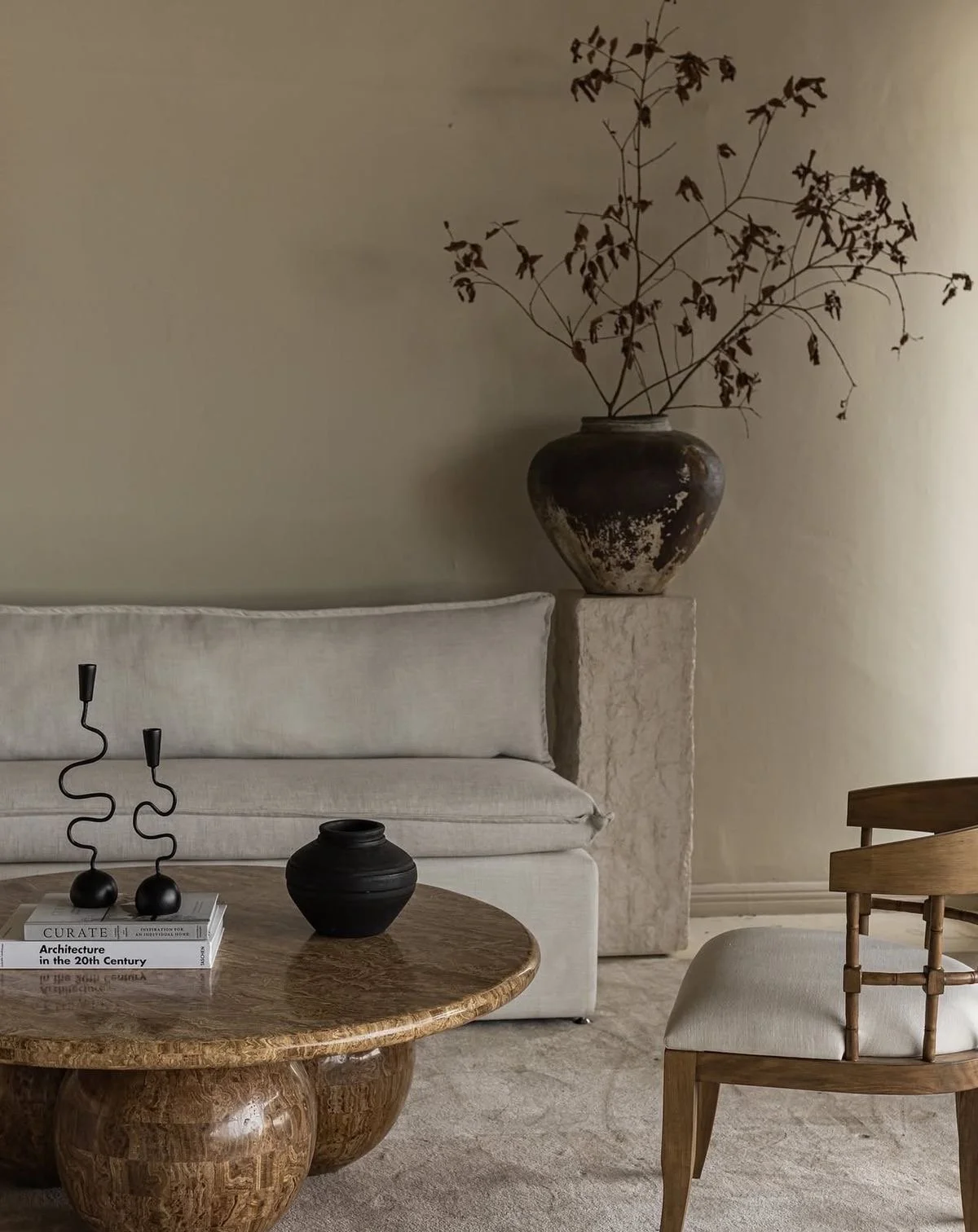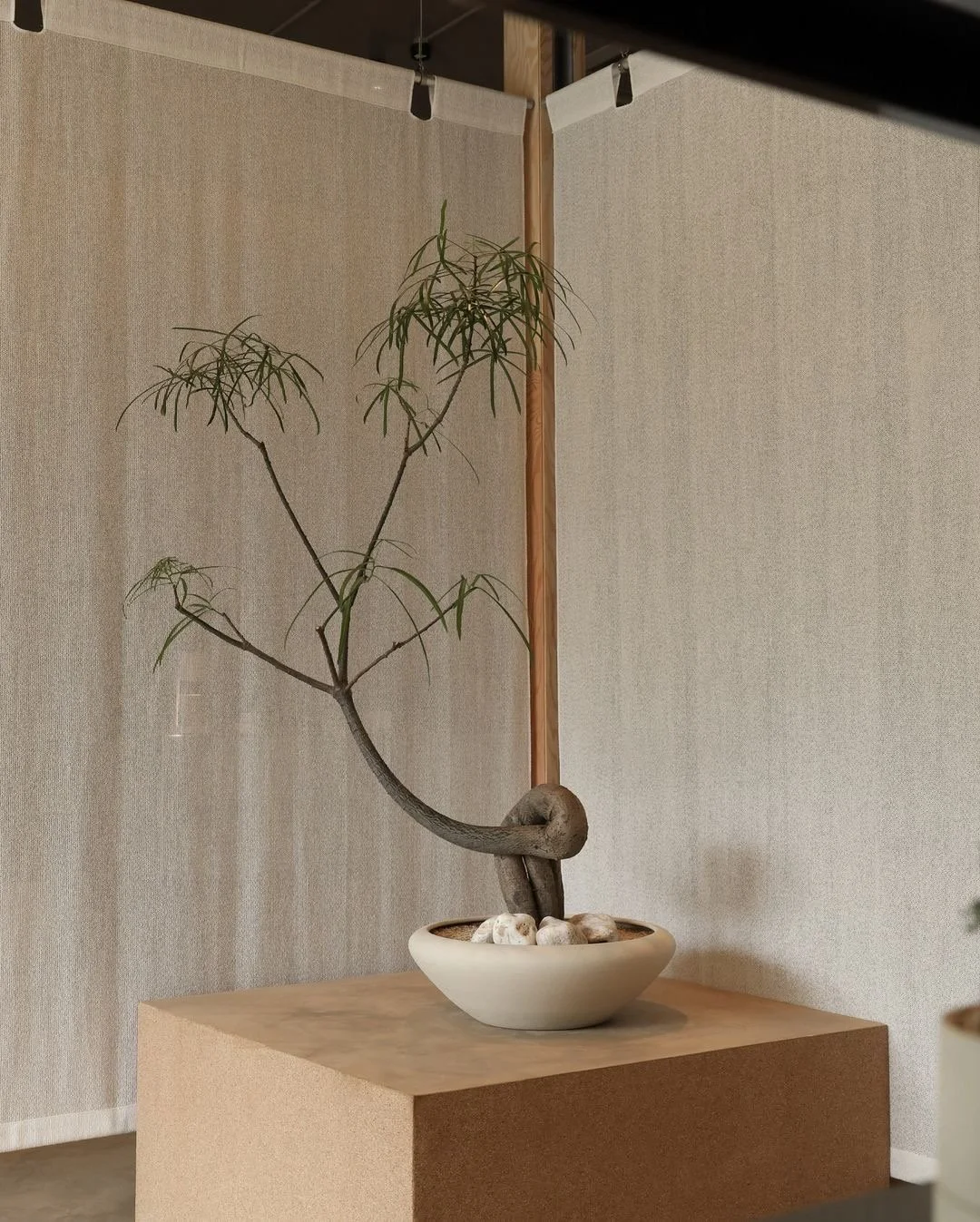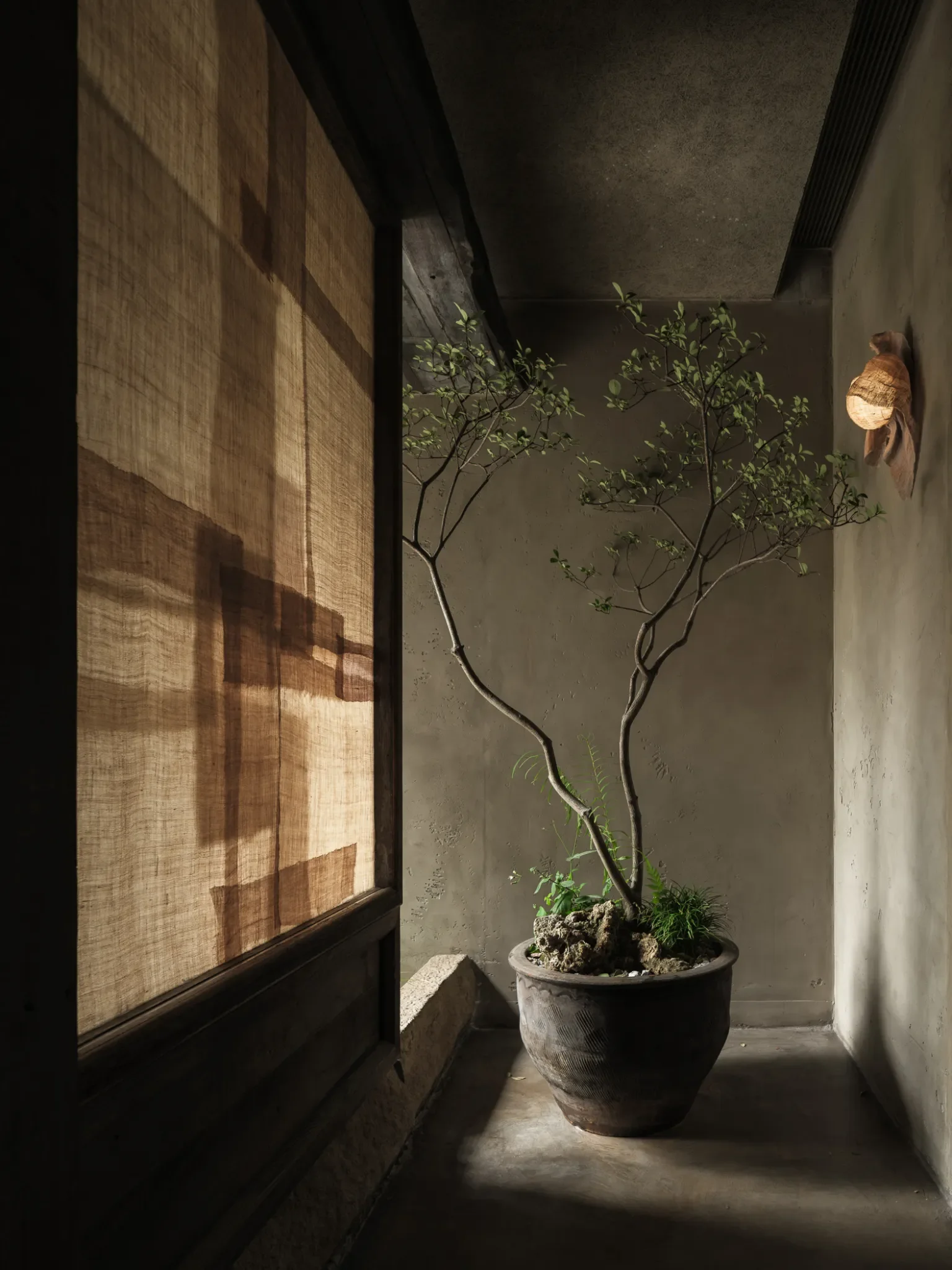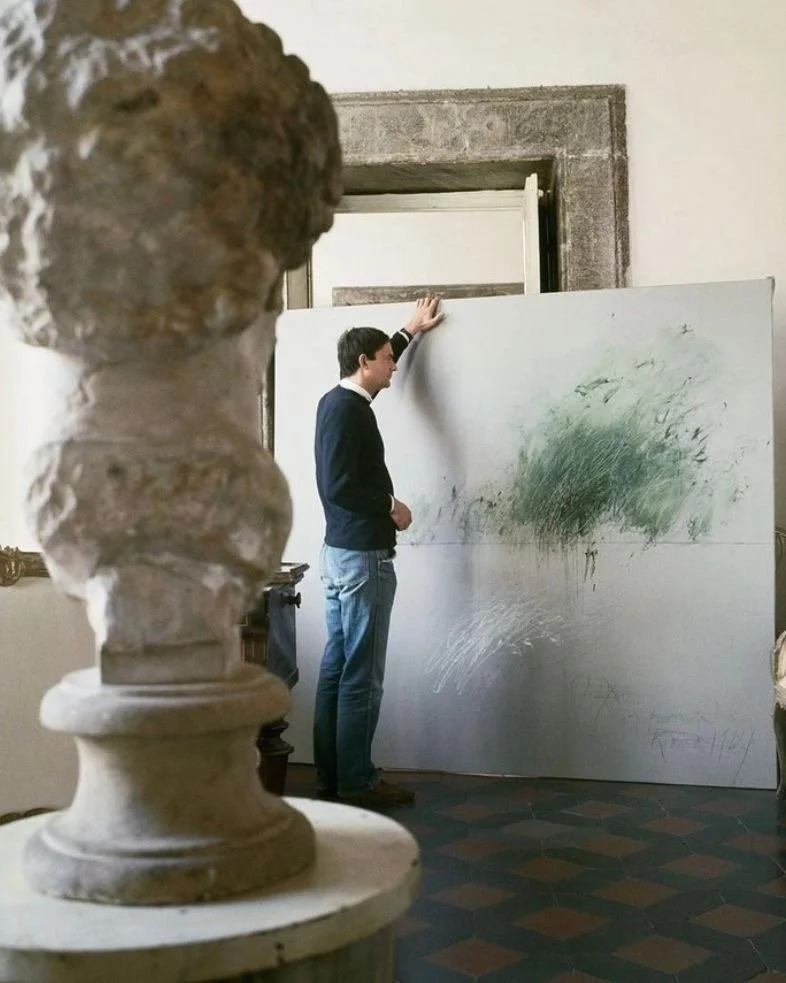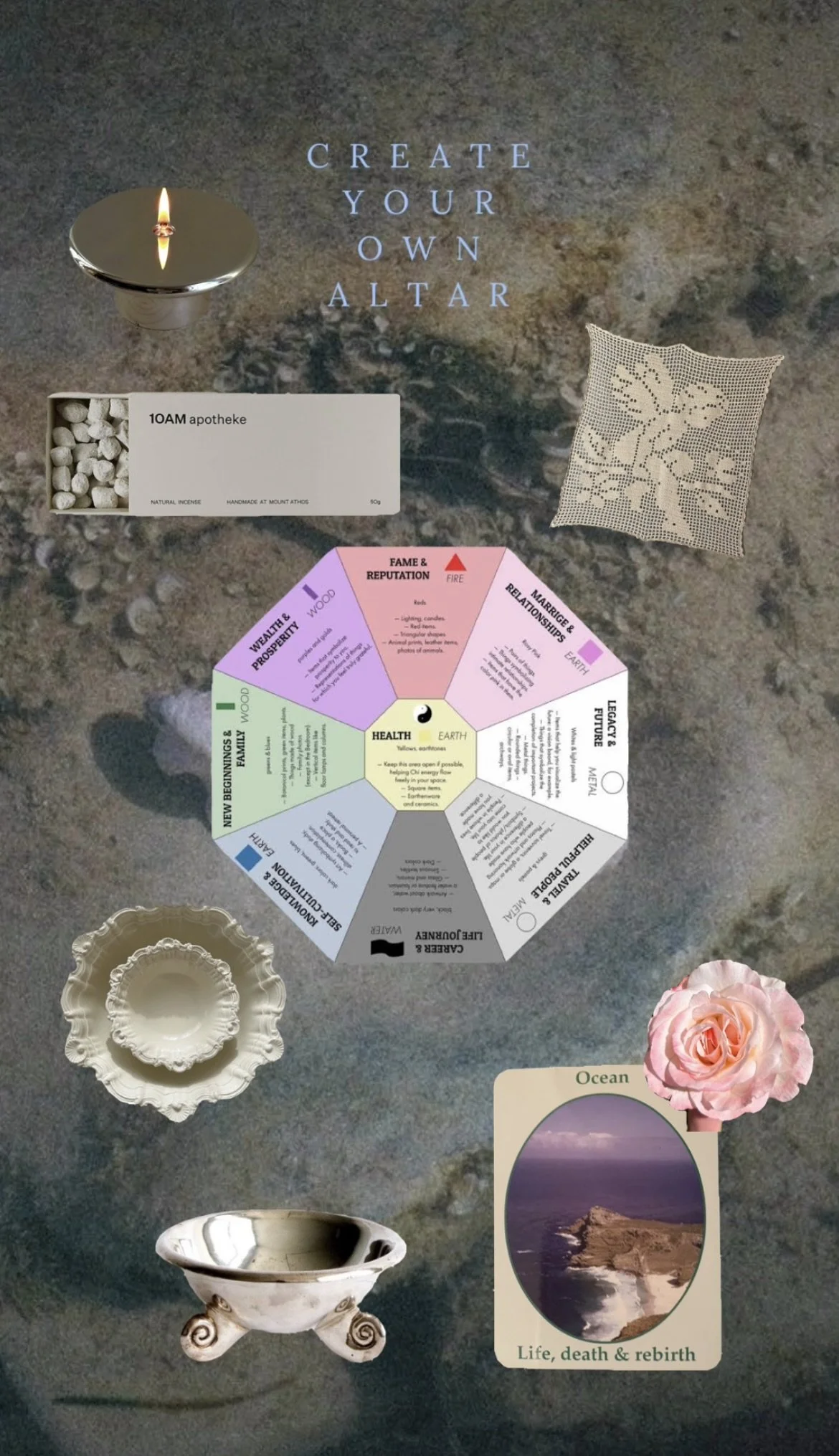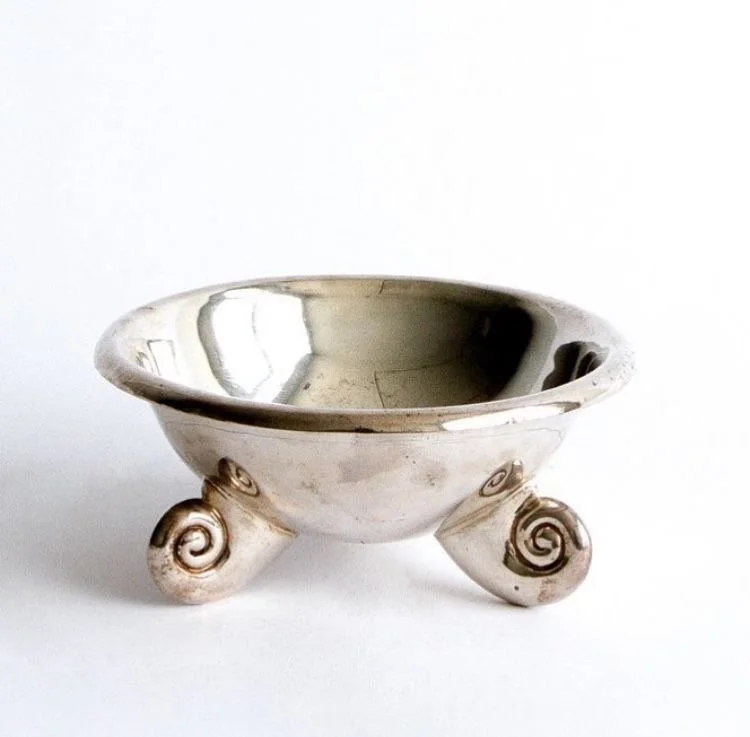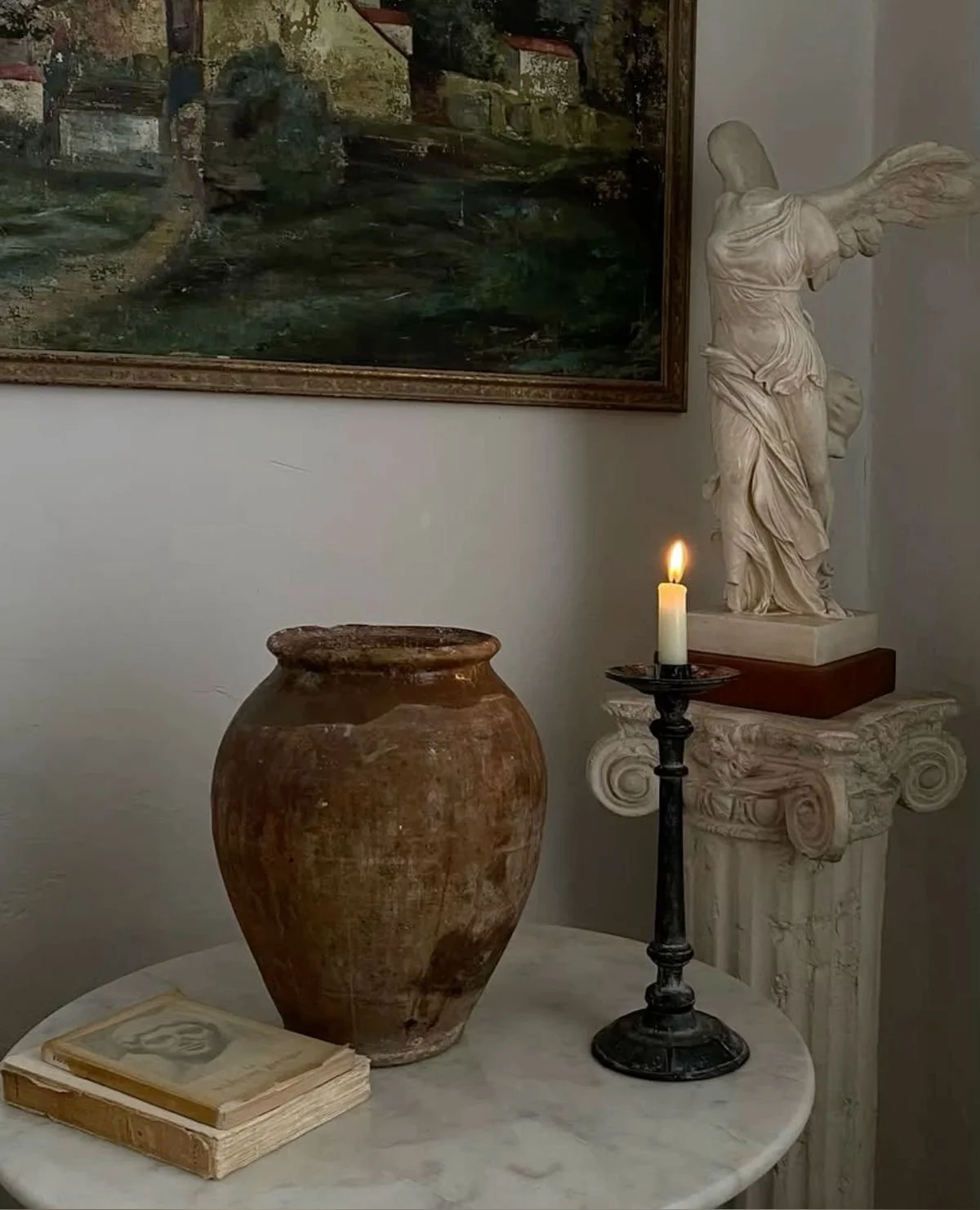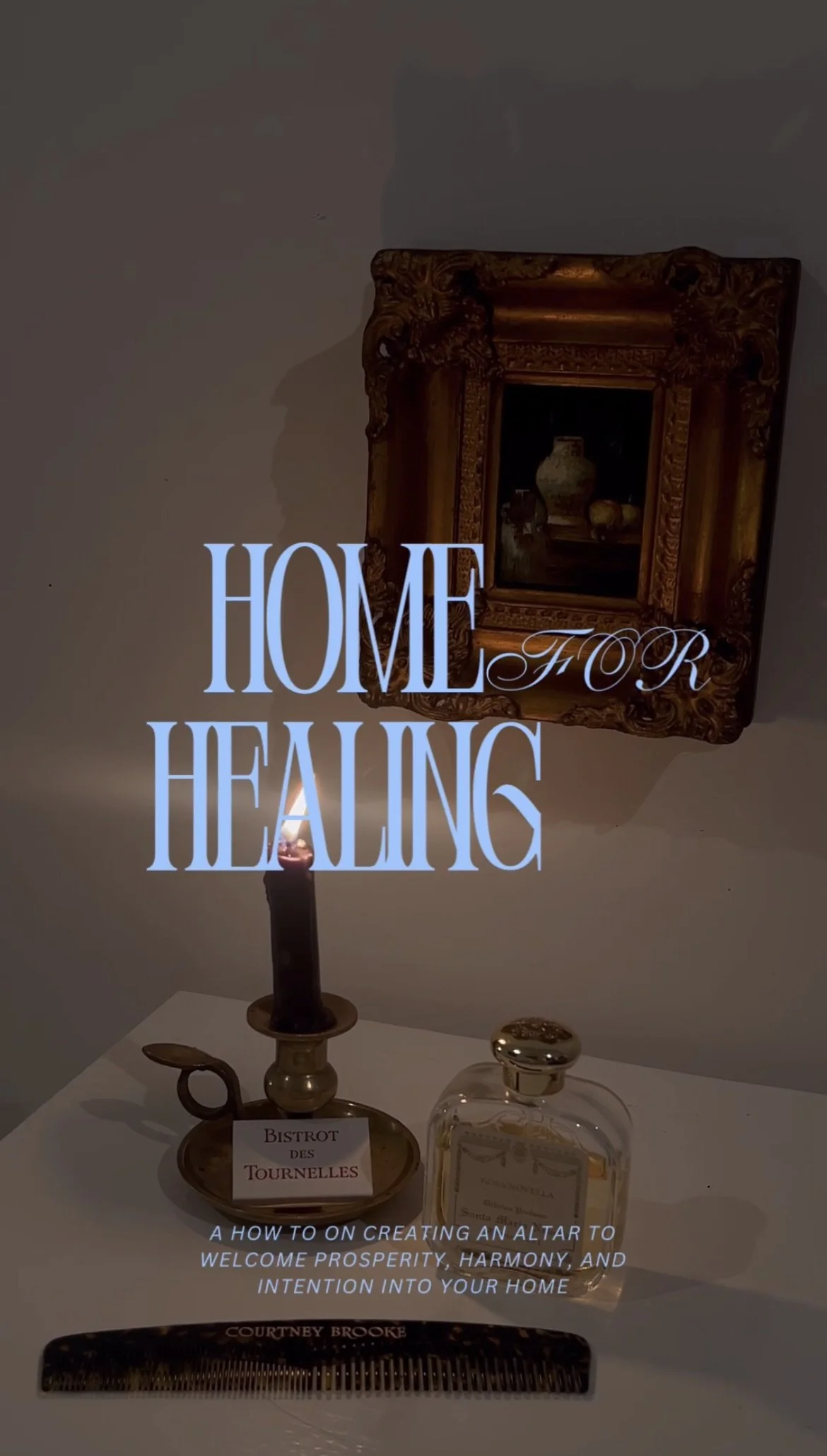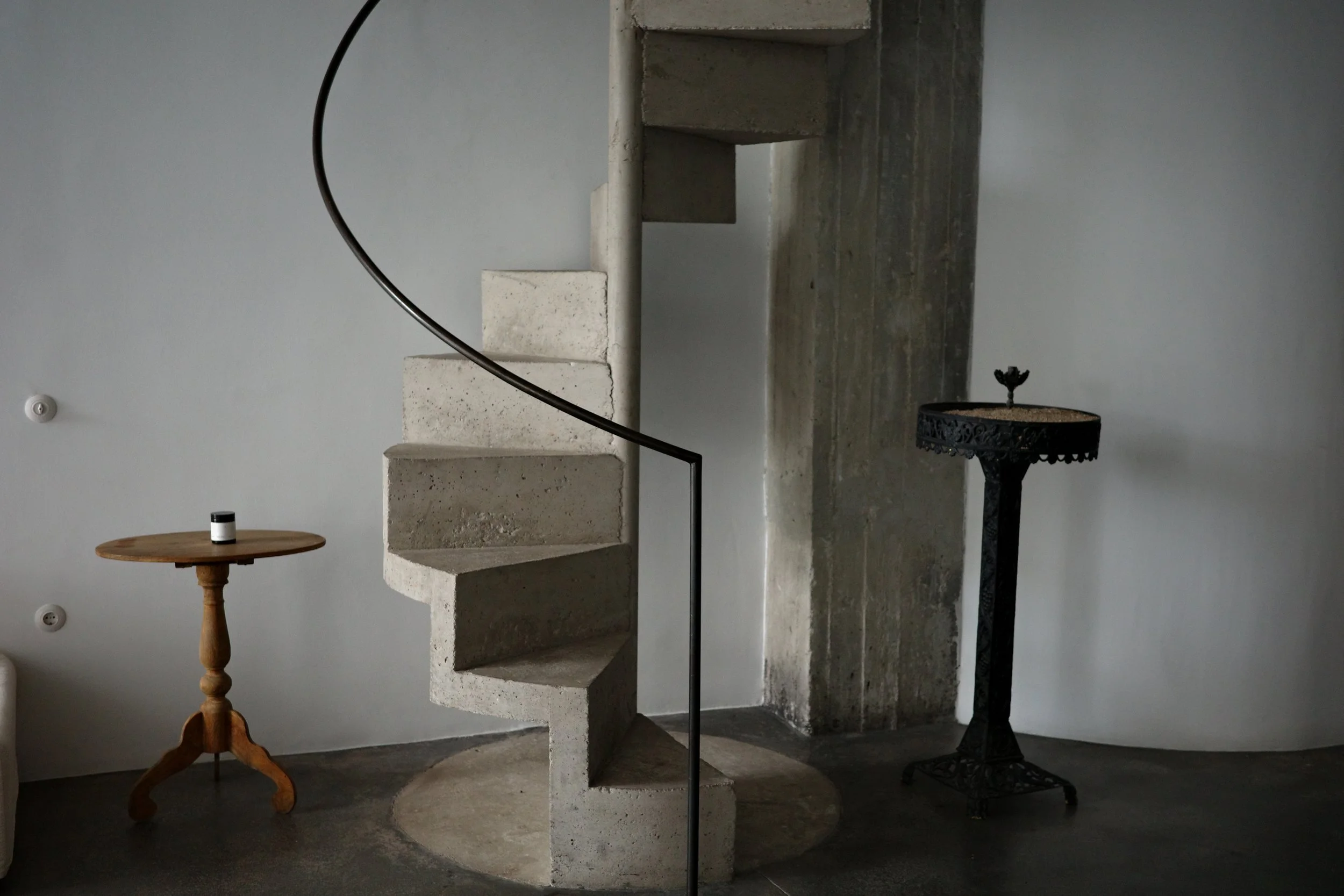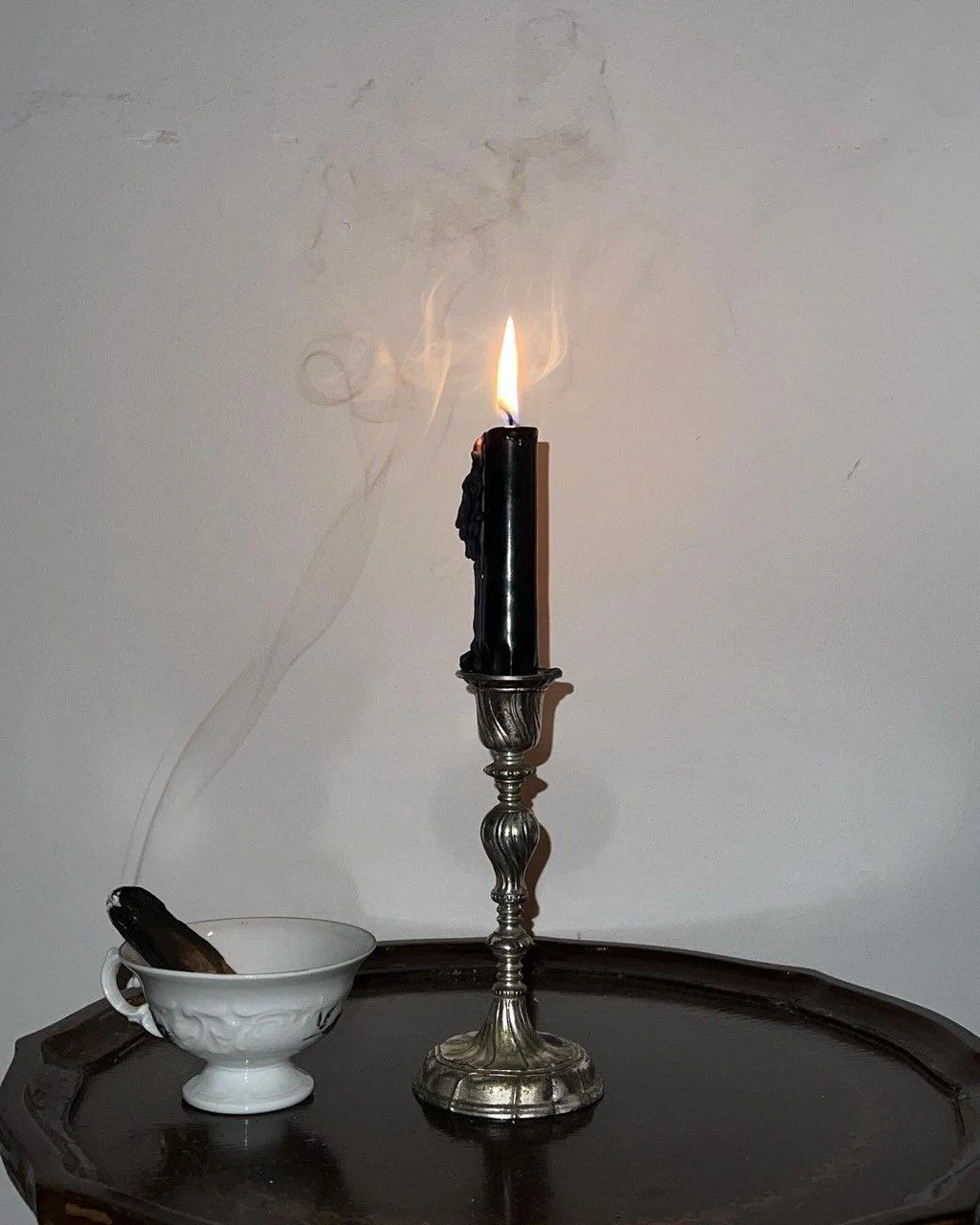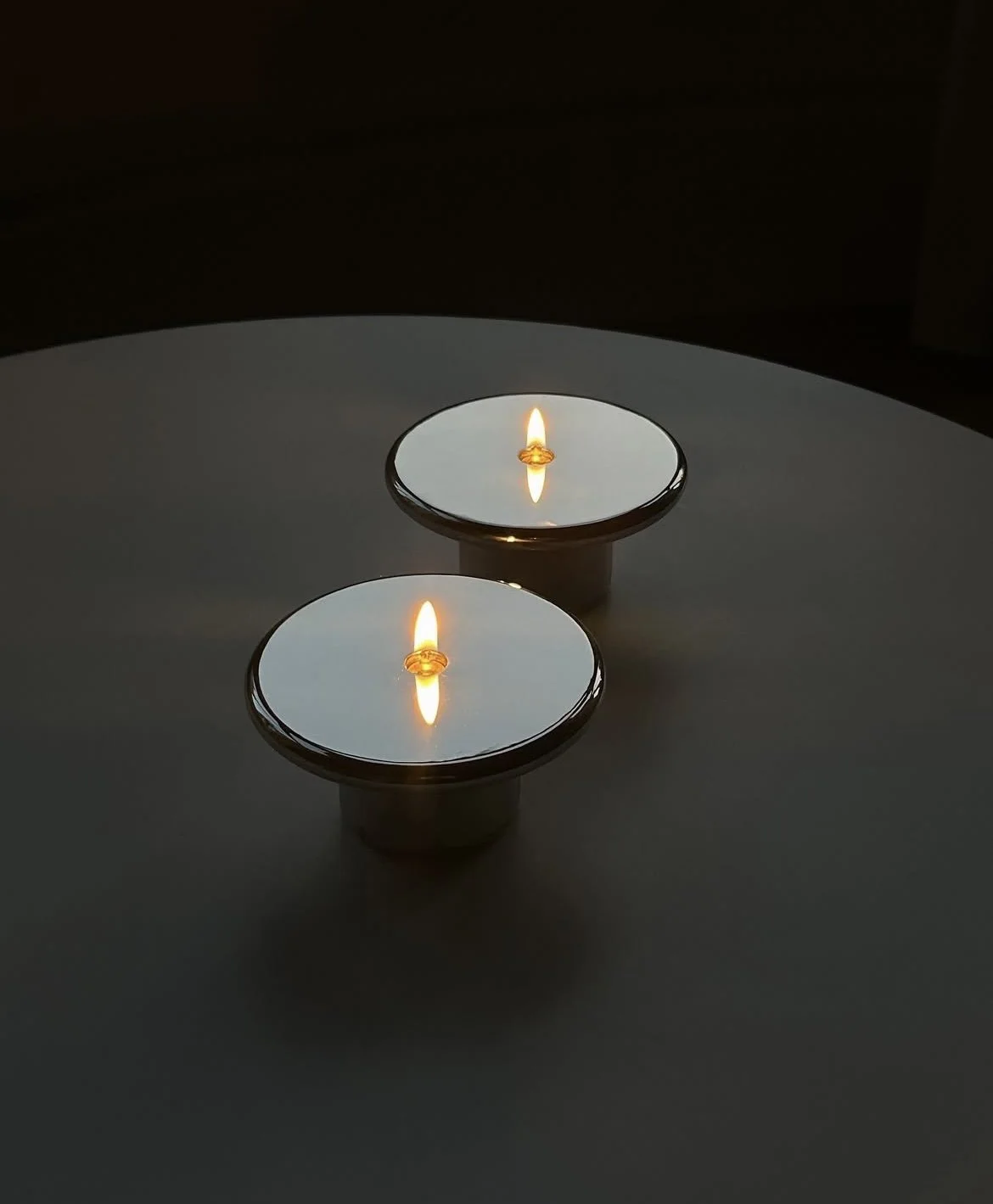HOME for HEALING
HOME for HEALING
Introducing Home for Healing – where your space becomes your sanctuary.
We focus on therapy, supplements, movement… but the fastest route to grounding? The space we live in.
Styling consciously turns the mundane into the mystical. Every gesture - folding, arranging, aligning - is an act of devotion disguised as décor.
A well-curated home is never accidental.
It’s the result of paying attention - to your habits, your rhythms, your behaviours, and the emotional residue of your day-to-day life.
Mindful curation is simply this:
be where you are and elevate it.
Your home is a mirror - for your clarity, your chaos, your preferences, the things you avoid, the things you desire.
It reflects your life back to you with startling honesty.
The invitation is to design with that truth, not around it.
A Guiding Thought on Negative Space-“Just because there is room to fill doesn’t mean you should.”
A Guiding Thought on Negative Space-
“Just because there is room to fill doesn’t mean you should.”
Negative space is not an absence of design, but a deliberate act of clarity. It’s where intention lives - the quiet pause that allows form, texture, and light to speak. When we give space to stillness, beauty begins to breathe differently. Rooms feel calmer. Objects regain meaning. And we’re reminded that restraint, when guided by awareness, is not limitation but elegance - the art of knowing when to stop.
Breaking Bread: The Ritual of Connection and Home
The Table as Altar
A table is more than furniture — it’s a stage for connection. The design of it, and what rests upon it, sets the tone for how we gather.
Think of your tablescape as a sensory invitation:
• Texture: Linen or raw cotton napkins instead of paper — something that feels soft and honest against the skin.
• Form: Imperfect ceramic plates, hand-blown glass, and sculptural serving pieces that invite touch and conversation.
• Light: Candlelight or low, amber tones to soften the space. (Avoid overheads — the light should flicker, not flood.)
• Nature: A single stem, herbs in water, or foraged branches that feel alive rather than styled.
• Sound: A quiet playlist, ambient but not intrusive — something to hold silence comfortably between moments of laughter.
When design becomes ritual, it reminds us that beauty doesn’t exist apart from healing — it’s part of it.
There’s something ancient in the act of gathering around a table.
Long before design became a discipline, the home was a hearth - a place where people came to break bread, share warmth, and remember they belonged. In today’s pace, where meals are too often eaten standing or scrolling, returning to the slow ritual of eating together is an expression of love and connection.
THE TASTE OF THINGS
The Table as Altar
A table is more than furniture — it’s a stage for connection. The design of it, and what rests upon it, sets the tone for how we gather.
Think of your tablescape as a sensory invitation:
• Texture: Linen or raw cotton napkins instead of paper — something that feels soft and honest against the skin.
• Form: Imperfect ceramic plates, hand-blown glass, and sculptural serving pieces that invite touch and conversation.
• Light: Candlelight or low, amber tones to soften the space. (Avoid overheads — the light should flicker, not flood.)
• Nature: A single stem, herbs in water, or foraged branches that feel alive rather than styled.
• Sound: A quiet playlist, ambient but not intrusive — something to hold silence comfortably between moments of laughter.
ANTIQUE FRENCH CUTLERY (FOUND IN A PARIS FLEA MARKET)
The Meal: Breaking Bread
Bread is symbolic — universal across cultures as nourishment, offering, and community. To make or share bread is to say you belong here.
A simple recipe can become an act of meditation:
Ritual Bread (no-knead):
• 3 cups flour
• 2 tsp salt
• ½ tsp instant yeast
• 1½ cups warm water
Mix, rest overnight, and bake in a hot oven (230°C) for 45 minutes in a lidded pot. The process is forgiving — just like connection.
Pair it with:
• Whipped butter with honey + sea salt
• Herb oil (rosemary, garlic, lemon zest)
• Roasted seasonal vegetables and hummus
Or, for a heartier table: slow-cooked chicken, marinated olives, and a simple green salad dressed with olive oil and lemon.
The Healing in Gathering
Studies show that shared meals reduce stress, increase oxytocin (the bonding hormone), and even lower symptoms of anxiety and depression. But beyond the science, we feel it- the calm that comes when everyone slows down, when the rhythm of conversation replaces the rhythm of our notifications.
To gather is to remember we’re part of something larger.
To share food is to exchange energy.
To eat with presence is to heal the part of ourselves that has been rushing too long.
When you create a table like this, you’re not just hosting — you’re holding.
You’re saying, this home is safe, this space is sacred, this bread is for you.
JULIUS ROBERTS (EVERYONES CRUSH) HAS INCREDIBLE SEASONAL RECIPES ON HIS WEBSITE, LINKED HERE
The Takeaway Ritual
Next time you host (or even cook for yourself), treat the table as an altar.
Lay it with care. Light a candle. Invite others in.
The home is a vessel for connection. The ritual is the doorway.
One of the best depictions of love and connection through food is the film Babette’s Feast
GOHAR WORLDS BAGUETTE BAG
Shop the BAD RITUALS TABLE EDIT →
• GOHAR WORLD LAVE AND SILK BAGUETTE BAG & FRUIT COVER
SAN MARCO ITALIAN SHELL PLATES (SOMETIMES CAN BE FOUND THROUGH ETSY OR EBAY IF YOU ARE LUCKY!)
My Personal Apothecary: Objects for a Home of Healing
There’s a certain kind of magic that happens when you begin to see your home as a living altar - a place where everyday objects become talismans, rituals become medicine, and beauty itself becomes a form of healing.
There’s a certain kind of magic that happens when you begin to see your home as a living altar - a place where everyday objects become talismans, rituals become medicine, and beauty itself becomes a form of healing.
Via Sylvie
My home isn’t filled with random things; it’s layered with meaning, with pieces that hold stories and frequencies of their own. These objects are part of my personal apothecary — each chosen to support me physically, emotionally, and spiritually, creating a space that feels like both sanctuary and spell.
The Rosemary Plant: Protection and Renewal
By my front door, there’s a rosemary plant — simple, fragrant, deeply alive. Rosemary has long been revered as a plant of remembrance and protection in natural pagan traditions.
I crush its leaves between my fingers while cooking, inhaling its sharp, herbal scent, or simply hang it in the shower and let the fragrant steam clear out any stagnant energy when I need grounding. It’s a reminder that healing doesn’t always come in a bottle; sometimes, it grows quietly in a clay pot, soaking up sunlight.
To me, rosemary is both guardian and guide, keeping the energy of my home clear and vital.
Antique Linens from the Paris Flea Market
Draped across tables and tucked into drawers are antique linens I hunted for in Paris flea markets. Their delicate weaves and faintly frayed edges hold the patina of decades past.
These linens are imperfect, and that’s why they’re perfect. They remind me that healing is never pristine; it’s layered, storied, and deeply human. When I lay a table with them, I’m weaving my life into a tapestry that stretches backward and forward through time.
Workman’s Elm Benches: The Grounding Element
In my dining area sit old workman’s elm benches, rough-hewn and deeply grounding. They are sturdy and unpretentious, a counterpoint to the more ethereal pieces in my home.
These benches remind me to stay rooted, to honour simplicity, and to create a home where the practical and the mystical coexist.
10am Apothoke Incense: Smoke from Mount Athos
From my beloved 10 Apotheke, I burn incense harvested from the sacred grounds of Mount Athos. The smoke curls through the rooms, carrying prayers and intentions on its tendrils.
This incense feels ancient, rooted in tradition yet alive in my modern rituals. It bridges worlds: the sacred and the ordinary, the divine and the domestic.
Matches from Café de Flore: Sparks of Memory
A small, seemingly humble object: a box of matches from Café de Flore in Paris. They sit beside my altar, and each time I strike one, I’m reminded of that café’s hum — of conversations, espressos, and rainy streets.
These matches aren’t just tools for fire; they are anchors to memory, proof that even fleeting moments can become part of our healing landscapes.
Rose Mist from Italy:
I brought home a bottle of rose mist from a small shop in Italy, and every spritz feels like being transported back to those cobblestone streets.
The scent of rose has a way of opening the heart, softening sharp edges, and infusing the mundane with romance. I mist it over linens, over myself, or even into the air before meditation. It’s a ritual of presence and luxury, a reminder that beauty can be deeply medicinal.
Ceremonial Cacao with Collagen: A Daily Ritual
Every morning, before the noise of the day takes hold, I make a cup of ceremonial cacao blended with collagen. This practice feels like a love letter to my body — nourishing, grounding, and sensuous.
Cacao is a heart-opener, a plant medicine that connects me to my creativity and intuition. By stirring it slowly, with intention, I set the tone for the day ahead.
Black Long-Stem Candles: Manifestation Fire
On my altar, slender black long-stem candles wait to be lit during manifestation rituals. Black candles hold the power of transmutation, absorbing stagnant energy and turning it into fertile soil for growth- I visualise what I’m ready to release and what I’m calling in. These rituals are as much about surrender as they are about action, a reminder that the unseen realms respond to our tangible gestures.
Creating Your Own Home Apothecary
A personal apothecary doesn’t have to be a literal cabinet of herbs and potions - it can be a collection of meaningful objects, rituals, and tools that support your own cycles of healing and transformation.
Ask yourself:
• Which objects in your home feel alive to you?
• What rituals make you feel grounded, empowered, or open-hearted?
• How can you infuse beauty and intention into the items you already have?
A Home That Heals With You
Every object in my home has a voice, a story, a purpose. When I tend to them - dusting, arranging, using them in rituals - I’m not just decorating. I’m participating in a dialogue with my space, creating a home that heals as I heal.
Shells in Interiors: Symbols of Healing, Beauty, and Return.
Psychologically, shells invite us to return inward, mirroring their spiralling forms. The gentle curves and repetitive ridges are naturally calming to the human nervous system.
It’s no wonder we instinctively place them in our homes, much like we bring flowers or crystals indoors - they connect us back to nature and the sea’s expansive, cleansing energy.
Shells in Interiors: Symbols of Healing, Beauty, and Return
There’s something deeply soothing about the curve of a shell. Whether tucked on a windowsill, carved into a centuries-old chair, or painted across the ceiling of a chapel, shells have long been present in our homes and sacred spaces. Lately, we’ve been seeing them re-emerge in contemporary interiors - soft, scalloped edges in furniture, shell-shaped wall sconces, and the real thing resting like treasures on coffee tables.
Why are we so drawn to them, and what makes their presence feel timeless and healing?
The Innate Pull of Shells
Shells are remnants of the ocean’s mysterious world - tiny sculptures made by living creatures, formed over time with perfect symmetry and flow. They’re physical symbols of protection and vulnerability: once the home of a delicate animal, now an empty vessel holding memory and story.
Psychologically, shells invite us to return inward, mirroring their spiraling forms. The gentle curves and repetitive ridges are naturally calming to the human nervous system. It’s no wonder we instinctively place them in our homes, much like we bring flowers or crystals indoors — they connect us back to nature and the sea’s expansive, cleansing energy.
How to Work with Shells in Your Home
• As Natural Objects: Place a single, beautiful shell where you need stillness — like a meditation nook or bedside table.
• Through Form and Pattern: Choose scalloped upholstery, wave-like plasterwork, or carved wood details to bring subtle shell energy into your home.
• As Ritual Tools: Use shells in altar spaces to symbolise transformation, especially during times of transition.
Shell Motifs in Antique Design
Shells have been celebrated for centuries as motifs in furniture and architecture.
During the 18th century, the Rococo style (a movement that grew out of the Baroque period) placed shells front and center. The very name “Rococo” comes from rocaille, meaning “rock” or “shellwork.” Their asymmetrical, organic forms were considered the height of elegance and reflected the era’s love of playful curves, abundance, and movement.
You’ll find them carved into:
• The crests of antique mirrors
• Chair backs and settees
• Ornate plasterwork on walls and ceilings
• Decorative objects like clocks and gilded sconces
These motifs weren’t just decorative — they carried symbolic meaning. In Renaissance and Baroque art, the scallop shell often represented rebirth and divine protection, drawing on its long spiritual history.
The Spiritual Symbolism of Shells
Across cultures, shells have held sacred meaning.
• In Hinduism, the conch shell represents the voice of the divine and is used in ritual to purify spaces.
• In Christianity, the scallop shell is linked to pilgrimage and rebirth, most famously in depictions of Venus emerging from the sea, or in the symbol of St. James, guiding pilgrims along the Camino de Santiago.
• For ancient Greeks and Romans, shells were associated with the goddess Aphrodite (Venus), love, and creation.
On a spiritual level, shells are seen as vessels of transformation. They speak to cycles — birth, growth, release — and remind us that we, too, are constantly evolving. Bringing shells into your home can feel like an invitation to shed old layers, much like the ocean wears away a shell’s surface, revealing a soft inner glow.
The Return of Shells in Modern Interiors
Today, we’re seeing shells again — but with a softer, contemporary lens. As people seek calm, grounding spaces, shell-inspired design feels like a natural return.
• Scalloped edges are appearing in furniture and textiles, offering a romantic, feminine touch.
• Real shells are being styled on mantels and coffee tables, not as cluttered collections but as intentional altars, small symbols of serenity.
• Lighting designers are creating sculptural sconces and lamps that glow like seashells, bringing a warm, oceanic energy to a room.
This resurgence isn’t about nostalgia — it’s about healing and connection. In a time when the world feels noisy and chaotic, shells remind us of cycles, protection, and the quiet power of nature.
Why Baroque Architecture Loved Shells
The Baroque period was about awe, drama, and divine connection. Shells became a key motif because they embodied both mystery and majesty. Their natural symmetry aligned with the era’s fascination with sacred geometry, while their oceanic origins symbolized the vastness of creation.
In churches, shells were often placed above baptismal fonts, symbolizing purification and spiritual rebirth. Their curved, protective form echoed the womb — a visual metaphor for being born anew through faith.
Spa Architecture - Design As A Modern Sacrament.
Design as a Modern Sacrament
The ultimate role of spa architecture is to sanctify the everyday act of care.
By designing spaces that feel reverent and otherworldly, architects elevate simple actions - bathing, resting, breathing -into acts of ritual significance.
In this way, the spa becomes more than a luxury; it becomes a sacred refuge, a modern temple where design itself is a form of offering. Each wall, pool, and threshold whispers an invitation:
Slow down. Release. Return to yourself.
Design as a Modern Sacrament
The ultimate role of spa architecture is to sanctify the everyday act of care.
By designing spaces that feel reverent and otherworldly, architects elevate simple actions — bathing, resting, breathing — into acts of ritual significance.
In this way, the spa becomes more than a luxury; it becomes a sacred refuge, a modern temple where design itself is a form of offering. Each wall, pool, and threshold whispers an invitation:
Slow down. Release. Return to yourself.
The Sacred Geometry of Spa Design: Circles, Cycles, and Wholeness
In spa architecture, the circle is one of the most powerful spatial gestures. Unlike linear structures, which imply direction and hierarchy, the circle represents continuity, equality, and eternity. It has no beginning and no end — just as the act of renewal and healing is never complete, but ongoing.
The circle has long been associated with sacred spaces. Ancient cultures built stone circles for ritual gatherings, Roman thermae were arranged around central baths, and Buddhist stupas embody the cyclical nature of existence. When a spa is designed with circular motifs — round pools, domed ceilings, or concentric chambers — it taps into this timeless symbolism, creating a space that feels instinctively safe, eternal, and whole.
The Circular Spa as a Cosmic Map
In spiritual traditions, circles often represent the universe itself, a microcosm of the larger cosmos.
A circular spa mirrors this idea: each chamber or pool becomes part of a cosmic diagram, guiding the guest inward toward their center.
• Central pools act as an axis mundi — the heart of the space, drawing people in like gravity.
• Curving corridors encourage slow, meditative movement, echoing the winding journey of spiritual pilgrimage.
• Circular seating or communal baths dissolve hierarchies, reminding guests of their shared humanity.
The result is a layout that embraces rather than divides, where every visitor is both participant and witness in a communal ritual of healing.
The most stunning clawfoot bath at The Old Clarence Brewery
The Golden Ratio and Harmonious Proportions
The Golden Ratio (Φ), found in the spirals of shells and the branching of trees, has been used by master builders for centuries — from the Parthenon to Renaissance cathedrals.
When a spa’s architecture follows these proportions, the human body instinctively recognizes the harmony, creating a subtle but powerful sense of balance.
• The dimensions of pools, treatment rooms, and corridors can be proportioned to this ratio to induce calm.
• Even furniture and seating arrangements designed to these principles will feel naturally comfortable and grounding.
• In lighting design, the spacing of fixtures according to the Golden Ratio enhances rhythm and visual flow.
By weaving the Golden Ratio into the very bones of the spa, the space becomes innately healing, aligning with the same patterns found in nature and the human body.
Four Elements in Spatial Design
Many sacred traditions are built on the balance of the four elements — earth, water, fire, and air — which can be directly translated into spa architecture:
• Earth: Natural stone floors, clay walls, and grounding materials that evoke stability and rootedness.
• Water: Pools, fountains, and steam rooms that flow through the architecture like veins of life.
• Fire: Soft candlelight, saunas, and warm thermal baths representing transformation and energy.
• Air: Open spaces, skylights, and carefully designed ventilation that invite breath and spaciousness.
When these elements are balanced, the spa becomes a harmonic microcosm of nature, a place where visitors feel deeply connected to the world and to themselves.
Creating a healing spa architecture experience begins with a thoughtful orchestration of light, materials, and flow. Natural light—through large windows, skylights, or soft diffused sources, which anchors the space in calm, while natural materials like stone, wood, and bamboo introduce warmth and a tactile connection to the earth.
Open, uncluttered layouts guide the body and mind gently through the space, while water elements, from baths to indoor fountains, provide soothing sound and movement.
Layered lighting, subtle shadows, and greenery further enhance the sense of serenity, engaging the senses in a quiet, restorative rhythm. Finally, personal ritual corners or niches allow for meditation, reflection, or journaling, ensuring that the space is not just seen, but felt- an environment where architecture itself becomes a participant in healing and wellness.
Ultimately, spa architecture is a marriage of design and wellbeing, where every detail- light, material, sound, and space- works in harmony to restore balance and calm. It transforms ordinary interiors into sanctuaries, offering not just a place to pause, but an experience that nurtures the body, mind, and spirit. In these thoughtfully crafted environments, healing becomes tangible, and the spaces we inhabit remind us that true wellness is both felt and lived.
How scent bypasses the rational mind and speaks directly to the nervous system.
Home as a Sacred Space
The practice of scent is ultimately about remembering that home is more than four walls—it’s a sacred space for your spirit. Every time you light a candle, a stick of incense or resin, you’re not just adding fragrance to the air. You’re calling in balance, protection, and renewal.
Through the simple yet profound act of ritual, you can shift your home’s energy- and your own - into a state of harmony. In a world that often feels chaotic, this small daily practice becomes a way to choose peace, beauty, and presence.
The Healing and Spiritual Qualities of Scent and Incense for the Home
Transform your space into a sanctuary of calm and connection
Our homes hold our energy. They are the containers of our daily rituals, the places where we seek refuge, rest, and renewal. Yet often, the pace of life can leave our spaces feeling stagnant or heavy. One of the most powerful, yet often overlooked, ways to restore harmony in the home is through scent.
For thousands of years, cultures across the world have used fragrant smoke in temples, homes, and healing ceremonies. From the sacred frankincense of ancient Egypt to the meditative sandalwood of Japan, scent has been a tool to cleanse energy, deepen spiritual practice, and create atmospheres of reverence and calm. Today, it can be just as potent in helping us transform our homes into places of beauty, balance, and inner healing.
Why Scent Matters: Healing Beyond the Physical
Scent bypasses the rational mind and speaks directly to the nervous system. The moment we inhale a fragrance, our body responds instinctively. Certain aromas slow our breath, soothe our heart rate, and signal safety to the brain. Others can awaken, energize, or inspire clarity.
• Calming scents like lavender, sandalwood, and chamomile can ease anxiety and create a sense of serenity.
• Purifying scents such as frankincense, sage, and palo santo are traditionally used to clear stagnant energy.
• Uplifting scents like citrus, rosemary, and pine bring lightness and renewal, like fresh air after a storm.
By consciously choosing what we burn, we can shape how our space feels—turning even an ordinary evening at home into a restorative ritual.
10AM APOTHEKE MOUNT ATHOS INCENSE
Incense as Ritual
Incorporating incense into your day doesn’t have to be ceremonial or elaborate. A simple, intentional moment can hold deep power.
A ritual for morning clarity:
Light a stick of sandalwood or citrus incense as the sun rises. As the smoke curls into the air, set an intention for your day. This creates a mindful transition between sleep and wakefulness, helping you feel grounded and purposeful.
A ritual for evening release:
At day’s end, choose a calming scent like lavender or myrrh. As you burn it, imagine any stress or heaviness dissolving into the smoke, leaving your space and your body lighter.
For energetic cleansing:
When your home feels dense or you’ve had many guests, burn frankincense or sage, moving through each room with open windows to invite stagnant energy out and fresh energy in.
Creating a Healing Home
The power of scent extends beyond the act of burning it, t’s about cultivating an environment that supports your wellbeing. Think of it as part of a holistic ecosystem:
• Pair scent with sound – Soft music, chanting, or silence can amplify the ritual’s effects.
• Engage your senses – Combine incense with textures, lighting, and natural elements like wood, stone, and plants to create harmony.
• Mark thresholds – Use different scents in different areas of your home: grounding aromas for bedrooms, energizing scents for creative spaces, purifying scents for entryways.
When incense becomes part of your daily rhythm, your home shifts. It becomes not just a place where you live, but a living altar—a space that nourishes you on every level.
Choosing the Right Scent
The quality of incense matters deeply, both for your health and for the energy it brings into your space. Look for scents made with natural resins, woods, and botanicals—free from synthetic fragrances or fillers.
Some timeless options:
• Frankincense – Purification, spiritual connection, clarity
• Sandalwood – Calm, meditation, grounding
• Cedarwood – Protection, courage, strength
• Myrrh – Healing, deep reflection, ancestral connection
• Palo Santo – Clearing heavy energy, inviting blessings
TIP! Trust your intuition—often, the scent you’re most drawn to is the one your body and spirit need.
Home as a Sacred Space
The practice of using scent is ultimately about remembering that home is more than four walls—it’s a sacred space for your spirit. Every time you light a candl, a stick of incense or resin, you’re not just adding fragrance to the air. You’re calling in balance, protection, and renewal.
Through the simple yet profound act of ritual, you can shift your home’s energy - and your own - into a state of harmony. In a world that often feels chaotic, this small daily practice becomes a way to choose more peace, beauty, and presence.
The Gentle Power Of Plant Presence
There’s an art to living with plants. While greenery has become a trend in modern interiors, the difference between a fleeting fad and timeless elegance often comes down to presentation. Tasteful indoor planting is less about “owning a plant” and more about curating a living statement piece that enhances the flow and atmosphere of your space.
Plants hold a natural ability to shift the atmosphere of a space. Their presence slows us down, inviting us into a rhythm that is closer to nature. When you sit with a bonsai or care for an indoor plant, you step into a subtle meditation: watering, pruning, tending. These rituals are grounding, reminding us to breathe and move with intention.
There’s an art to living with plants. While greenery has become a trend in modern interiors, the difference between a fleeting fad and timeless elegance often comes down to presentation. Tasteful indoor planting is less about “owning a plant” and more about curating a living statement piece that enhances the flow and atmosphere of your space.
Think in Scale
Instead of scattering small pots everywhere, consider one or two commanding gestures: a tall, architectural plant in a luxurious oversized pot or a sculptural bonsai positioned on a low console. Scale creates impact. Large, grounded greenery draws the eye upward and frames a room in the same way a piece of art or a striking piece of furniture would.
Healing for Mind and Body
The benefits of surrounding ourselves with greenery extend far beyond aesthetics. Studies show that indoor plants can ease stress, improve air quality, and boost our sense of vitality. But beyond the scientific evidence lies something more intuitive: plants have a way of softening sharp edges in our minds and easing the weight of our emotions. They bring us back to a place of balance.
A Living Reflection
When we care for bonsais and interior plants, we also care for ourselves. Their growth mirrors our own inner processes, sometimes slow, sometimes unpredictable, always requiring patience. The act of nurturing life in our environment creates a reflection of the healing we long to cultivate within.
Quality Over Quantity
Tasteful planting is not about filling every corner with leaves - it’s about restraint. A single, thoughtfully chosen plant in a vessel that reflects your style can feel infinitely more refined than a dozen smaller plants that clutter. Let each plant have space to breathe, so its form and energy can truly be felt.
The Vessel Matters
Pots and planters should be chosen with as much intention as the plants themselves. Oversized ceramic, stone, or textured vessels bring a sense of permanence and sophistication. Avoid flimsy plastic or overly decorative planters; understated quality always feels more elevated. Remember; The pot is not just a container - it’s part of the sculpture.
Curated Over Commonplace
The difference between ordinary and extraordinary lies in individuality. Tasteful interiors often avoid the clichés—the plants everyone else seems to have—and instead lean toward unique forms, dramatic silhouettes, or bonsais that tell a story. This doesn’t mean rare or expensive; it means considered.
Creating Atmosphere
Plants are more than accents—they create a mood. A large, graceful plant softens the geometry of a modern space. A bonsai invites stillness and reflection. Thoughtfully placed greenery transforms rooms into sanctuaries, not just “styled” apartments.
Tasteful planting isn’t about following a trend - it’s about cultivating presence. A carefully chosen bonsai or a statement plant in a luxurious vessel communicates elegance, depth, and a connection to something beyond the everyday. It’s an invitation to live with beauty that grows and evolves with you.
In filling our interiors with greenery, we are not just decorating—we are creating sanctuaries. Whether it’s a single bonsai or a collection of leafy companions, plants remind us daily of resilience, presence, and the quiet healing that comes from being connected to nature. x
Home for Healing | Clearing Space, Clearing Self
Here’s a simple, practical ritual you can follow—clean your space with Feng Shui flow while using finger-holds to clear your own energy. Do one room at a time.
Home for Healing: Step-by-Step
1. Prep + Intention (Doorway)
• Open a window for fresh chi.
• Stand at the doorway (the “mouth of chi”).
• Palm hold: press palms together at heart height. Breathe slowly for 12 breaths (or up to 4–5 minutes if you can). Set a clear intention: “I clear this space and welcome harmony.”
In Feng Shui, the way we clean and arrange our home is not just about tidiness, it’s about shifting energy. Dust in corners, cluttered shelves, or stagnant air all hold chi that weighs us down. By consciously cleansing and realigning our environment, we create flow, harmony, and space for new beginnings.
What’s often forgotten is that we too carry clutter - emotional residue, stress, and stagnant feelings that mirror the energy of our homes. Just as we sweep the floor, we can sweep our inner world. This is where the ancient practice of Jin Shin Jyutsu (Finger Holding) becomes a companion to Feng Shui.
Bringing It Together
Cleaning with Feng Shui methods clears stagnant chi from your space. Pairing it with finger-holding harmonises your body’s energy. Together, they create a cycle: a home that supports your wellbeing, and a body-mind that nurtures the space you live in.
So next time you sweep, dust, or rearrange—pause to hold a finger, breathe, and let both your home and your heart come into balance.
Here’s a simple, practical ritual you can follow—clean your space with Feng Shui flow while using Jin Shin Jyutsu (finger-holds) to clear your own energy. Do one room at a time.
Home for Healing: Step-by-Step
1. Prep + Intention (Doorway)
• Open a window for fresh chi.
• Stand at the doorway (the “mouth of chi”).
• Palm hold: press palms together at heart height. Breathe slowly for 12 breaths (or up to 4–5 minutes if you can). Set a clear intention: “I clear this space and welcome harmony.”
2. Clear the Path
• Tidy the entry to the room, wipe the handle, shake out the mat. This invites energy in.
• Notice your hands: if you feel tense or clenched, uncurl them, shake them out, then do a little-finger hold for a minute to release frustration/overwhelm and restore ease.
3. Work Clockwise
• Move clockwise around the room to keep chi circulating. At each stop: declutter, wipe, then place back only what you love/use.
4. Wealth Corner (far left from the doorway)
• Remove broken/unused items; wipe surfaces.
• Little-finger hold while you tidy—invites lightness, joy and self-belief.
• Optional: add a thriving plant or a small bowl/stone that symbolizes abundance.
5. Relationships Corner (far right from the doorway)
• Pair objects (two candles, two cushions).
• Palm hold for a minute to harmonise relationships and soften attitudes.
6. Career / Life Path (center front, near the doorway)
• Ensure the floor here is clear; mop/vacuum to “unblock the path.”
• Brief palm hold to seal clarity for next steps.
7. Center of the Room (Health)
• Wipe the central table/floor—keep it open and breathable.
• Two palms together again: breathe in stability, breathe out heaviness.
8. Light, Mirrors, and Air
• Clean light fixtures and mirrors (they amplify chi).
• If you feel perfectionism or inner criticism creeping in (stiff hands, fingers tightening), pause for a little-finger hold to reset your mood before continuing.
9. Corners & Stagnant Spots
• Clap gently into each corner or ring a bell to break up stuck energy.
• Open your hands, palms up for a few breaths—this signals receptivity and honesty in the space.
10. Floor Finish
• Sweep or vacuum from the back of the room toward the door so stale chi exits.
• If hands get cold (withdrawal/avoidance), rub them warm, then resume with a short palm hold.
11. Emotional Hand Check-ins (use anytime)
• Clenched fists → pause, slow inhale/exhale, little-finger hold.
• Sweaty/trembling hands → rest your elbows on a surface, palm hold to calm.
• Clasped hands to the chest → soften shoulders, open palms, take three welcoming breaths.
12. Seal the Room
• Stand at the doorway. Look in and appreciate the shift.
• Palm hold one last time to “set” the new pattern. Whisper a simple blessing: “This room supports joy, health, and harmony.”
• Optional: a touch of incense or a few drops of orange peel in water to refresh the field.
CY TWOMBLY - USING HIS HANDS
The true power of an altar lies in its authenticity… A how to on create an altar to welcome prosperity, harmony and intention in your home.
The true power of an altar lies in its authenticity… A how to on create an altar to welcome prosperity, harmony and intention in your home…
A spiritual altar isn’t a checklist of crystals, coins, and curated objects. It’s a personal landscape—an edited collection of pieces that hold meaning only for you. Perhaps it’s a smooth river stone from a holiday long past, a candle lit in quiet ritual, or a single bloom that reminds you of home.
In Feng Shui, the wealth corner of your home—tucked into the far left from your front door—is often seen as a place to invite abundance. But abundance is deeply personal. It might be represented by a photograph that reminds you of possibility, a handwritten intention, or a small object that anchors you in gratitude.
The true power of an altar lies in its authenticity. When each element carries your story, it becomes less about trends and more about resonance—a space that reflects not just beauty, but belonging.
How to Create an Authentically Yours Altar
1. Choose Your Location with Intention
If you’re drawn to Feng Shui principles, consider placing your altar in your home’s wealth corner (the far left as you stand at the front door). If not, simply select a spot where you feel calm, grounded, and undisturbed.
2. Start with a Blank Canvas
Clear the surface completely. This is your invitation to create with purpose, not clutter.
3. Select Objects That Tell Your Story
Forget the “rules” of what an altar should hold. Choose items that carry personal meaning—stones from a favourite walk, a candle you light in moments of reflection, a token from a loved one.
4. Layer with Intention, Not Excess
Arrange your chosen elements slowly, allowing space between them. Your altar should feel like a quiet breath, not a crowded shelf.
5. Infuse a Living Element
A sprig of greenery, a single bloom, or a bowl of water invites freshness and flow. These can be changed with the seasons to keep the energy alive.
6. Anchor It with a Ritual
Light a candle, set an intention, or simply pause for a deep breath each time you pass. Ritual is what turns an arrangement into an altar.
7. Tend to It Regularly
Dust it, refresh the elements, and let it evolve with your life. An altar is a living reflection of where you are now.
Welcoming prosperity, harmony, and intention into your home
Your home is more than a collection of rooms—it’s an energetic mirror of your inner world. When you intentionally create a space that reflects who you are becoming, it acts as both a sanctuary and a catalyst for transformation. One of the most powerful ways to channel this energy is through an altar of abundance.
Understanding the Feng Shui Wealth Corner
In Feng Shui, every home and room has a designated “wealth corner”—the far back left corner when you stand at the entrance facing in. This is the area connected to prosperity, abundance, and growth. Activating this space with beauty, intention, and symbolism invites positive chi (life force energy) to gather and flow freely.
The wealth corner loves elements that represent:
• Wood — growth and vitality (think plants, wooden bowls, bamboo)
• Water — flow and wealth (fountains, shells, bowls of water, imagery of rivers)
• Abundance symbols — gold accents, coins, crystals like citrine or pyrite
Creating Positive Chi in Your Space
Chi thrives in spaces that feel alive, open, and cared for. To create a foundation of positive energy:
1. Declutter — Remove anything broken, dusty, or stagnant from the wealth corner.
2. Cleanse — Burn incense, light a candle, or use sound (like a chime or bell) to clear the energy.
3. Invite life — Add plants with rounded leaves or fresh flowers to keep the energy vibrant and renewing.
Building Your Altar of Abundance
Your altar doesn’t need to be elaborate—it simply needs to be intentional. It might be a small table, a floating shelf, or a curated tray. On it, place objects that symbolise prosperity and the version of yourself you’re stepping into:
• Crystals for wealth and clarity
• Fresh flowers for beauty and vitality
• Meaningful symbols like statues, heirlooms, or art
• A candle to represent illumination and possibility
• Personal talismans—items that remind you of your strengths, values, and aspirations
The Importance of Visual Reminders
We become what we focus on. Having a daily visual reminder of your goals keeps them alive in your subconscious mind. When you see your altar, you’re not just looking at objects—you’re connecting with the future version of yourself and affirming that abundance is already on its way.
Stand before your altar often. Set intentions, speak affirmations, or simply sit in stillness, imagining the life you’re creating. Over time, this ritual becomes a quiet but powerful act of alignment.
An intimate exercise in spatial intention
Spaces hold memory. They respond to our touch, our movement, our care. In Feng Shui, the far left corner of a room—when viewed from its entrance—marks the wealth sector, a locus for energy that nurtures growth and prosperity. Activating this area is less about superstition and more about mindful placement; a way of encouraging positive chi to gather and circulate.
To begin, clear the space. Remove objects that feel heavy or unresolved. Clean the surfaces, open the windows, invite air and light. Positive chi thrives in environments that are unencumbered and quietly tended to.
From here, layer symbols of vitality and abundance. Wood and water elements form a natural foundation: a sculptural plant, a vessel of water, perhaps a fragment of driftwood. Introduce reflective surfaces—metal, glass, a gilded detail—to catch the light. Crystals such as citrine or pyrite, objects with personal resonance, or a single candle can serve as anchors for intention.
Introducing Home for Healing – where your space becomes your sanctuary
Introducing Home for Healing – where your space becomes your sanctuary.
Home for Healing is my new way of approaching interior design – one that blends beauty with wellbeing. Drawing from years of design practice, plus principles from Feng Shui, human design, and wellness research, I help you create a home that:
• Actively supports your emotional and physical wellbeing
• Reflects your personal energy and lifestyle
• Becomes a space you’re truly restored by

